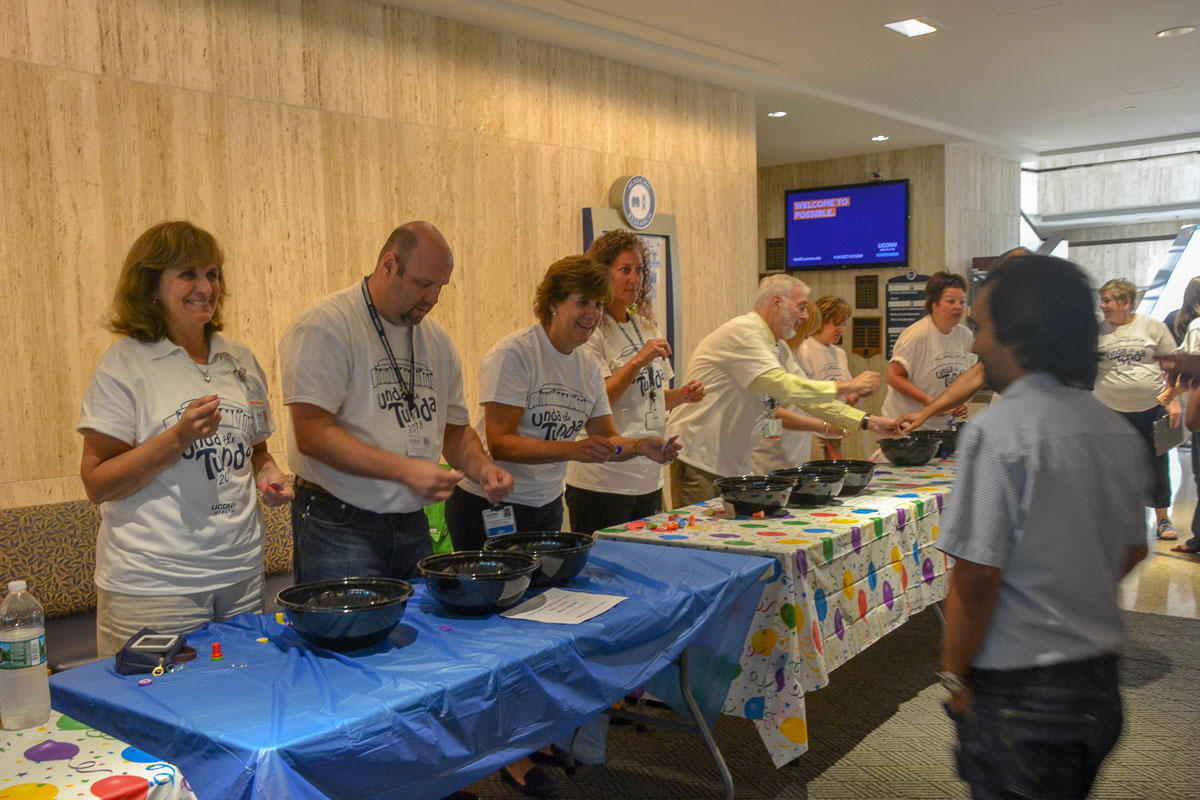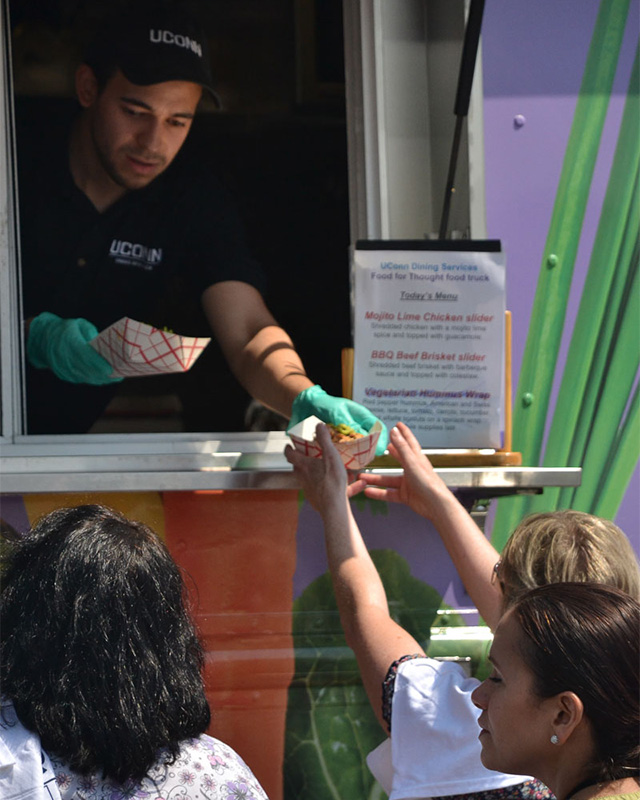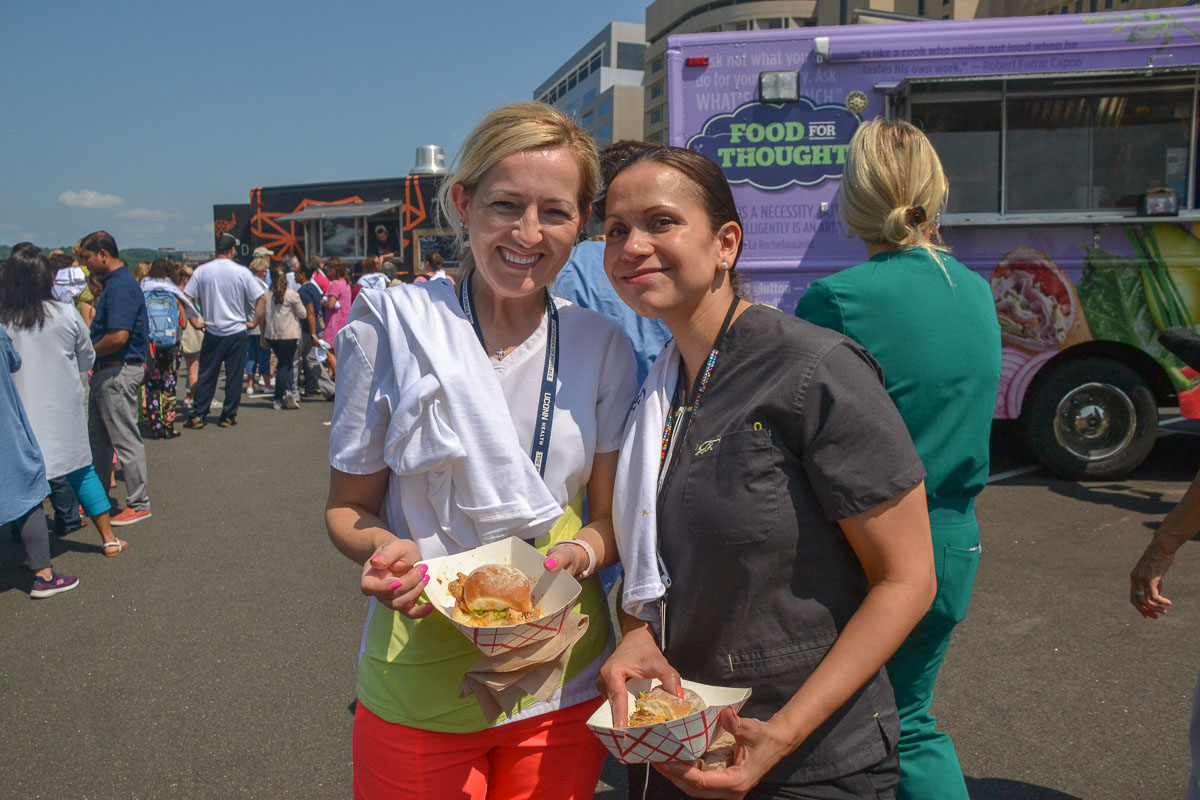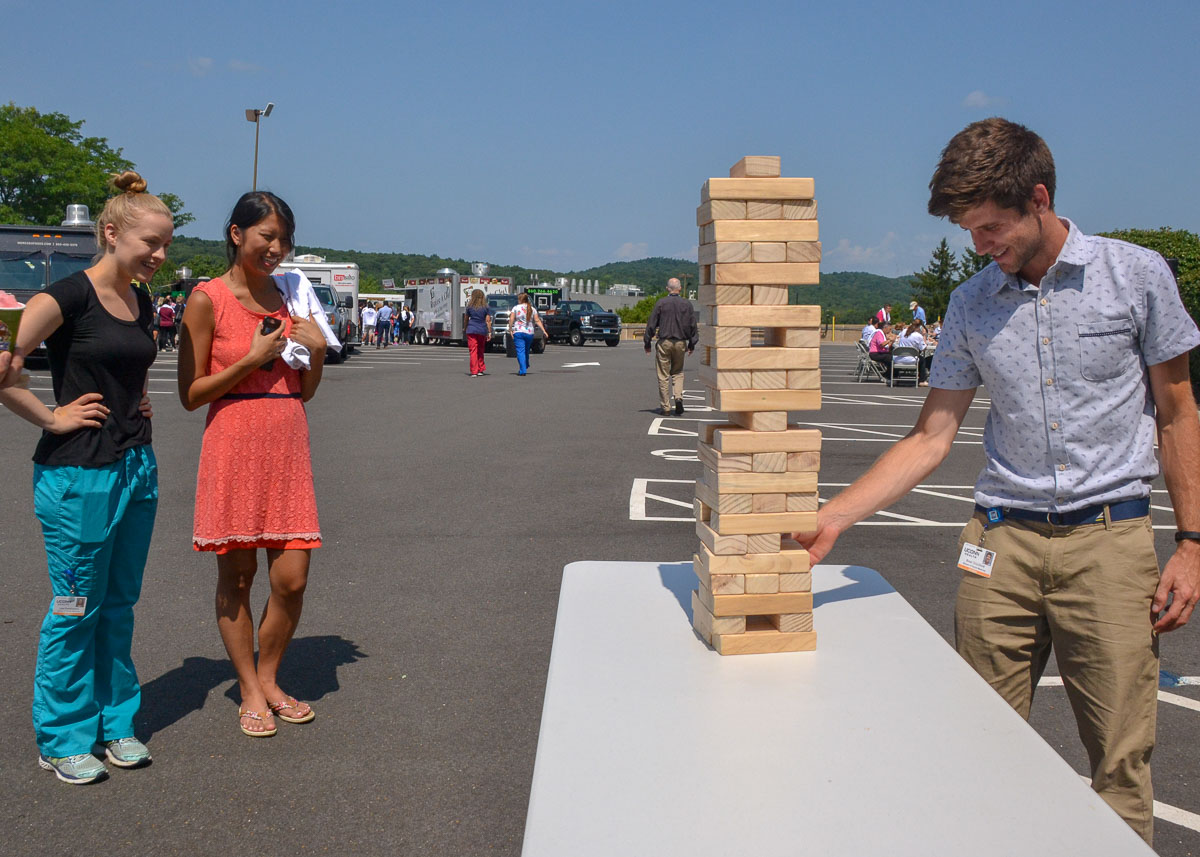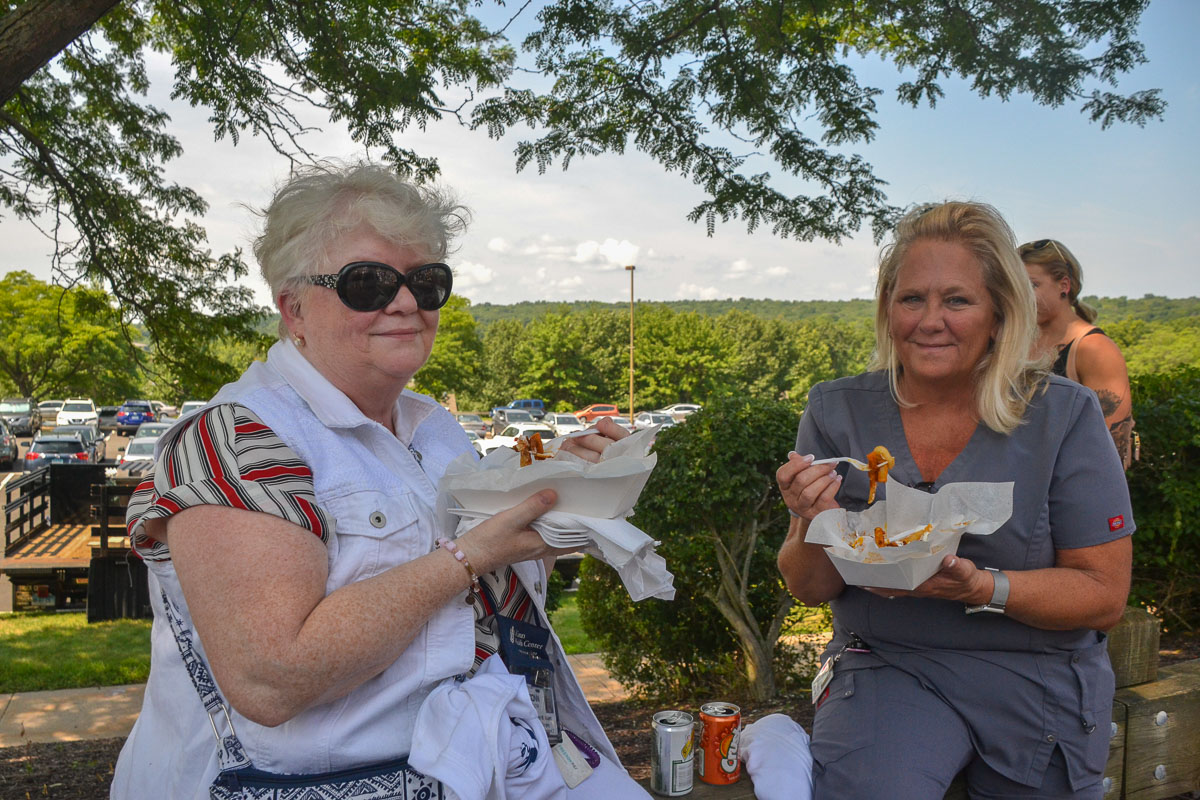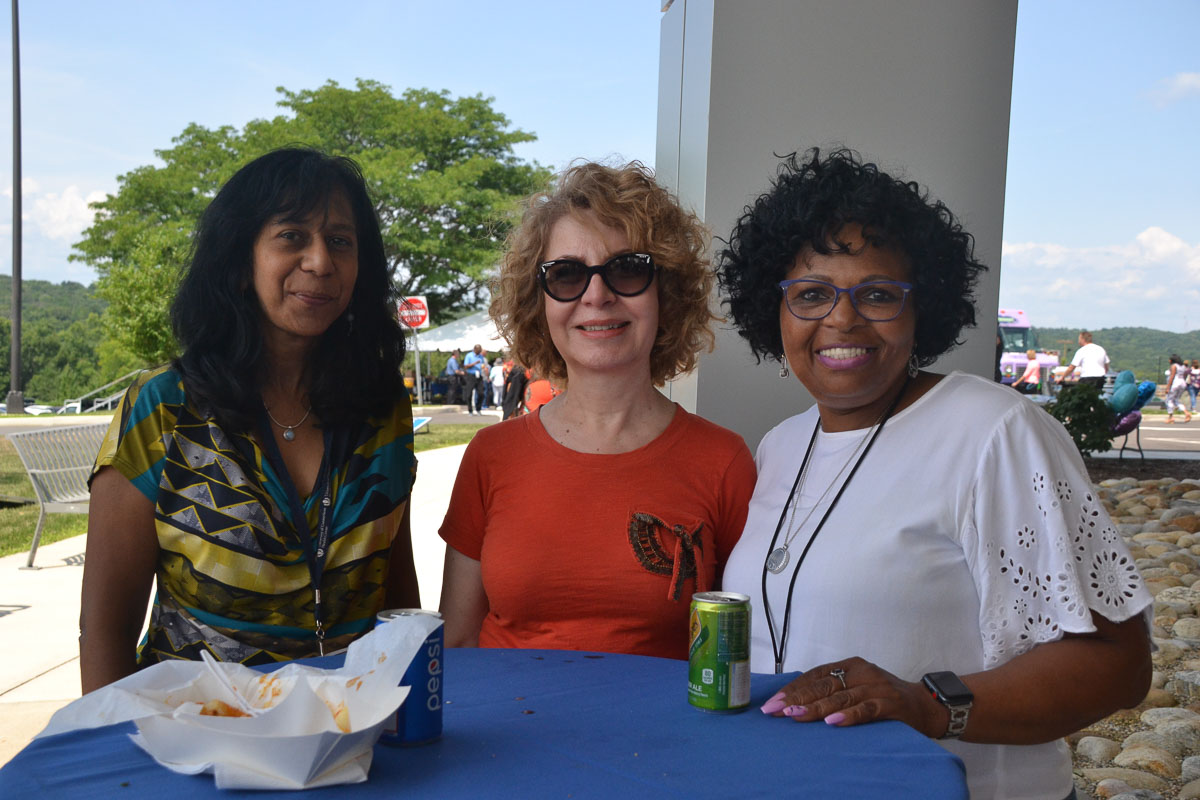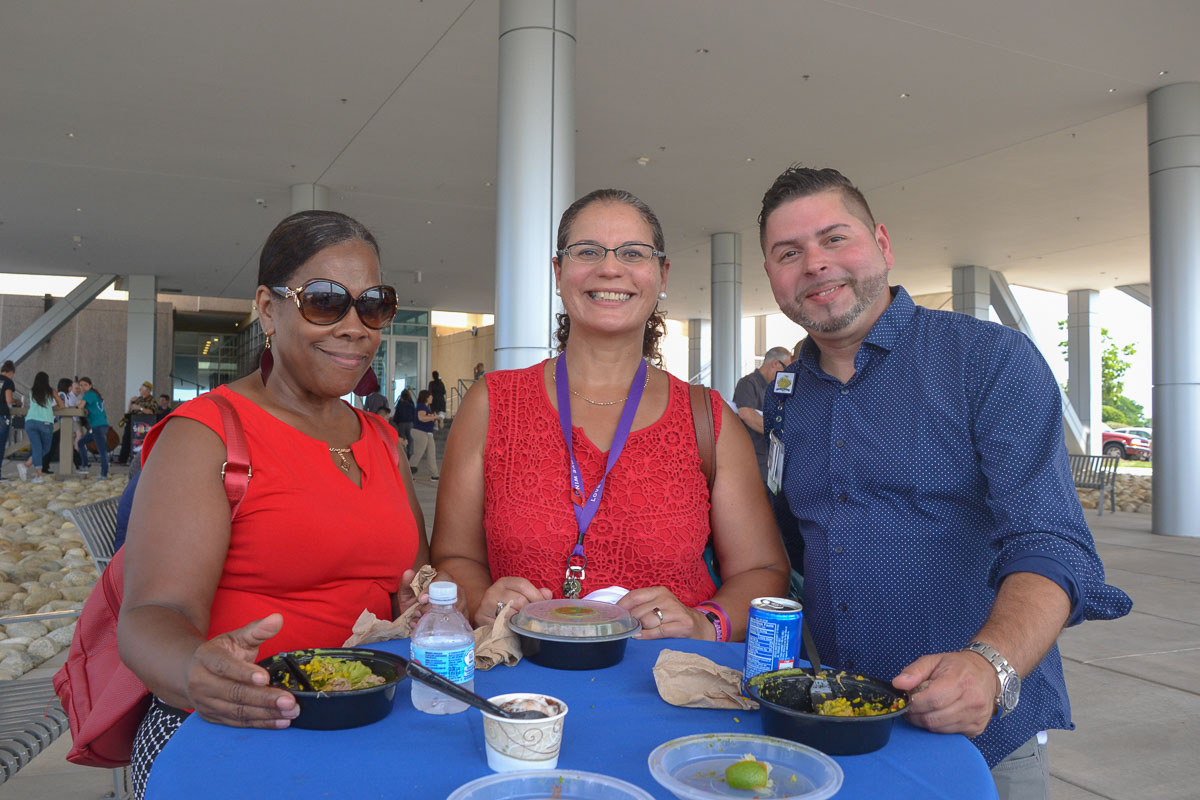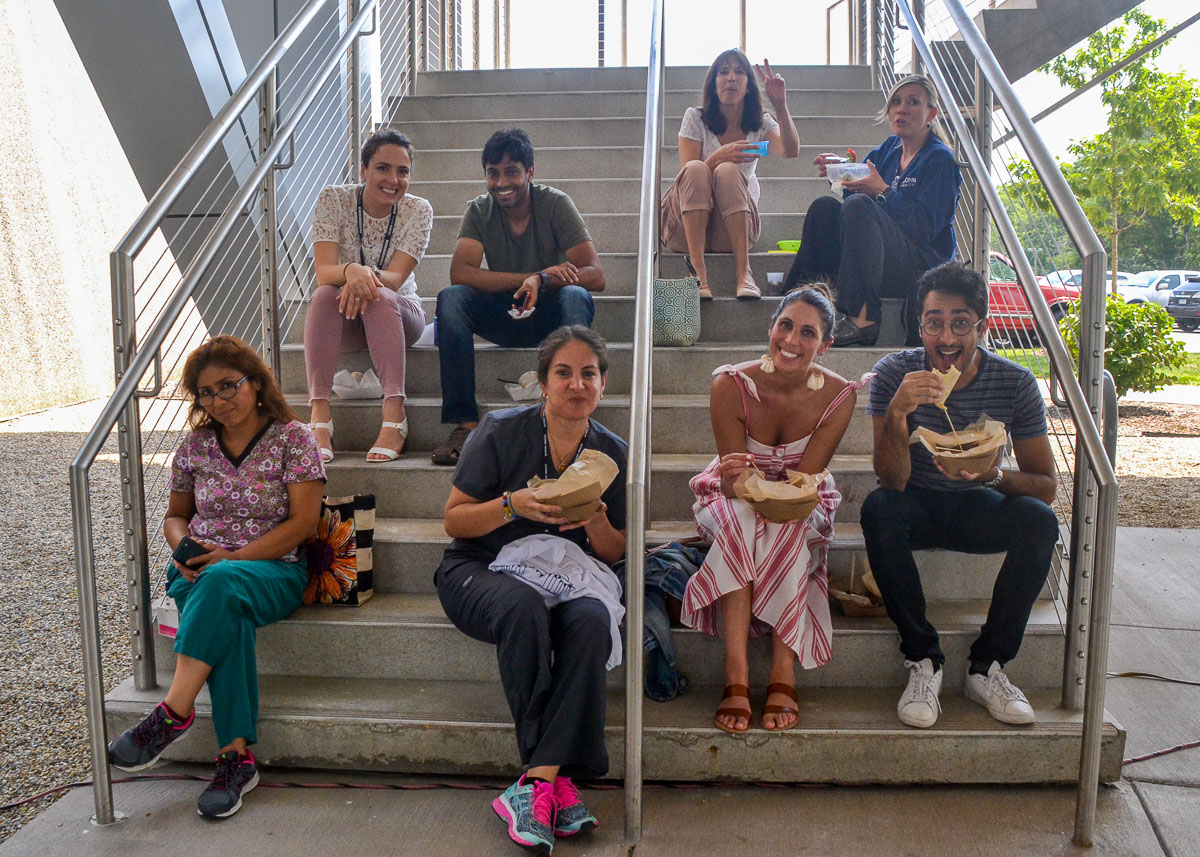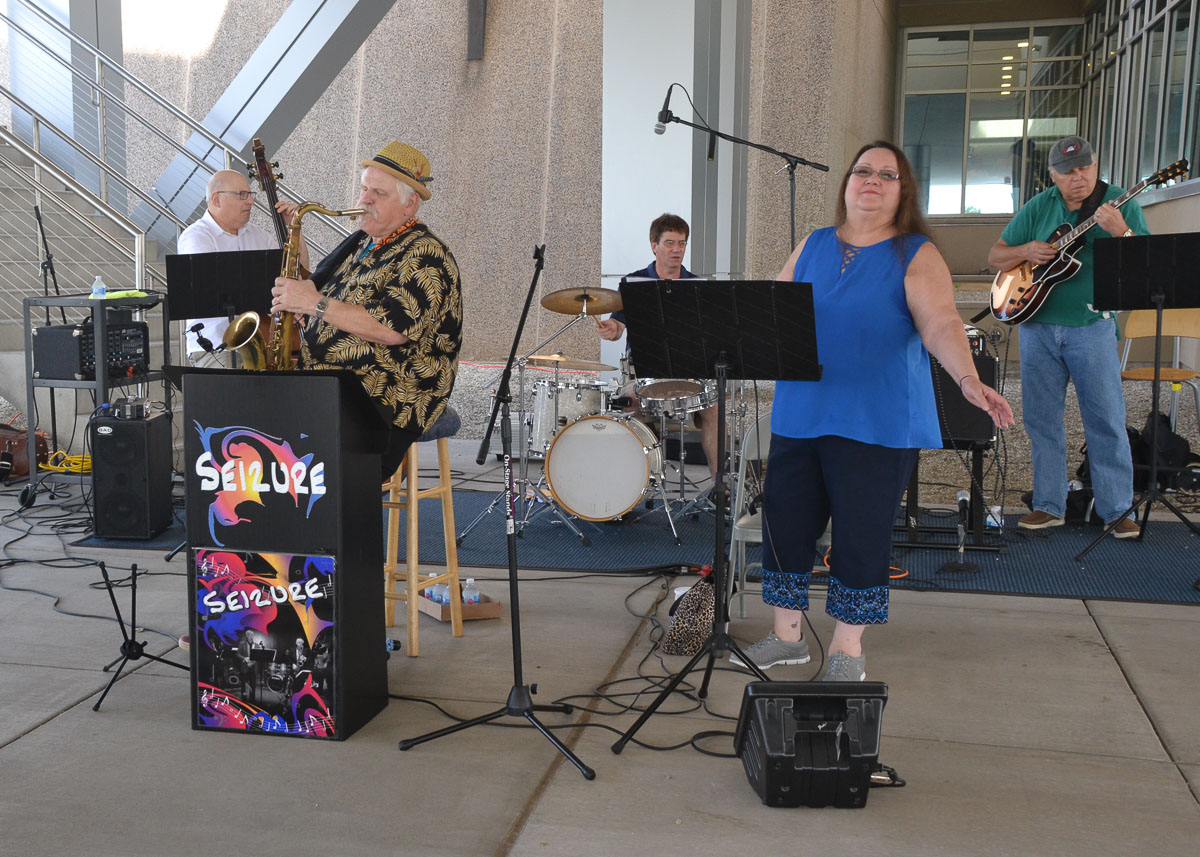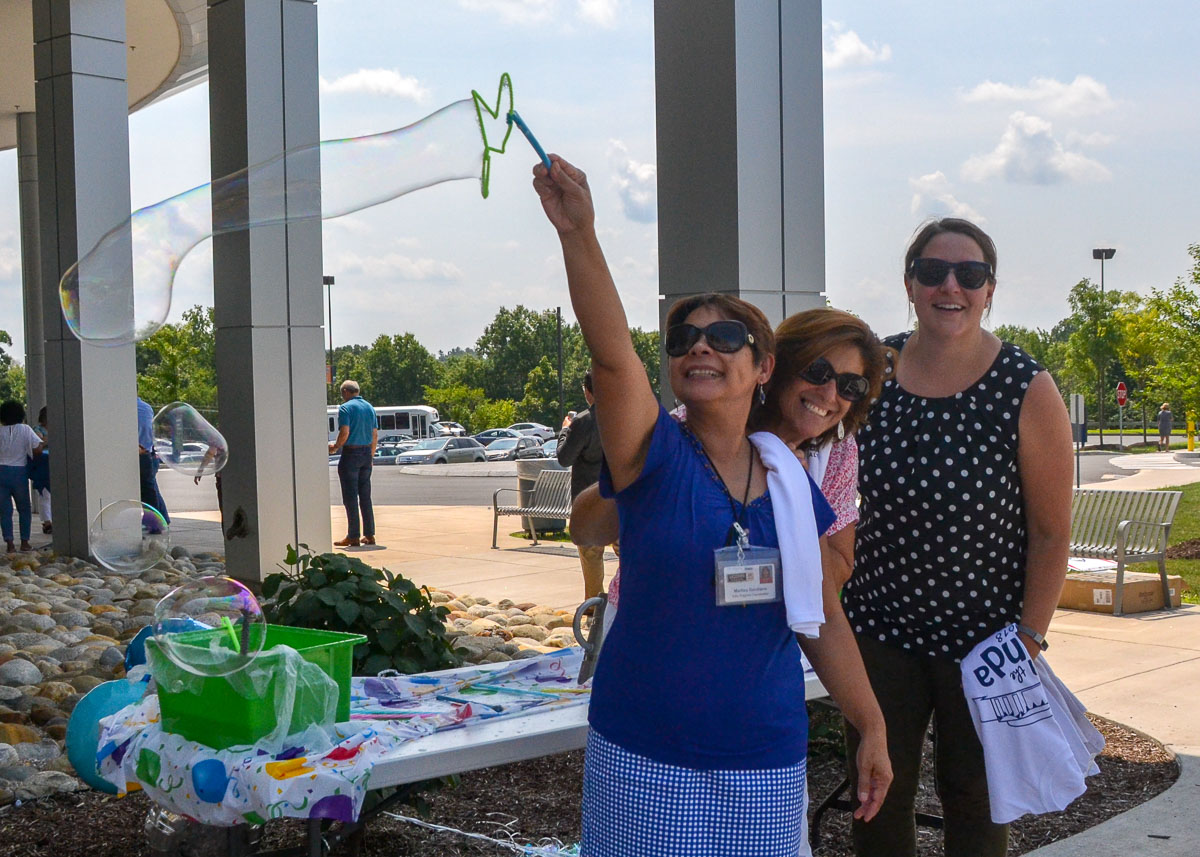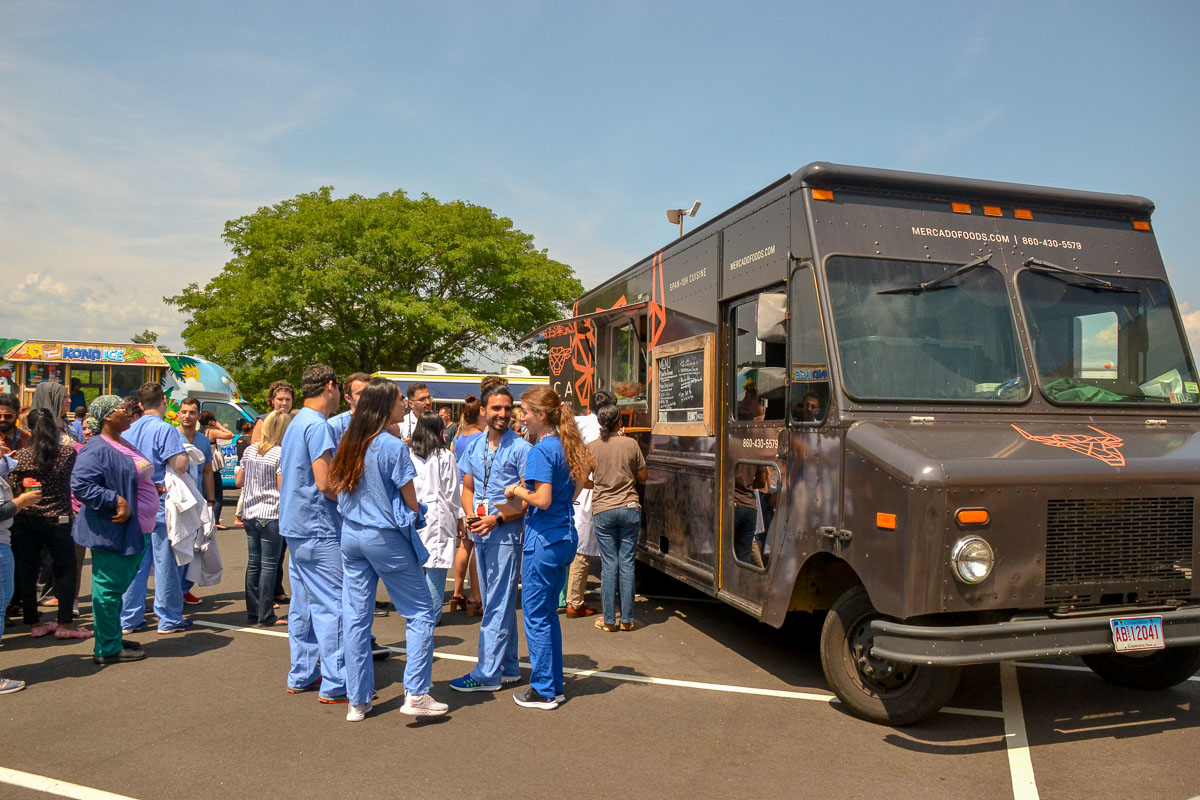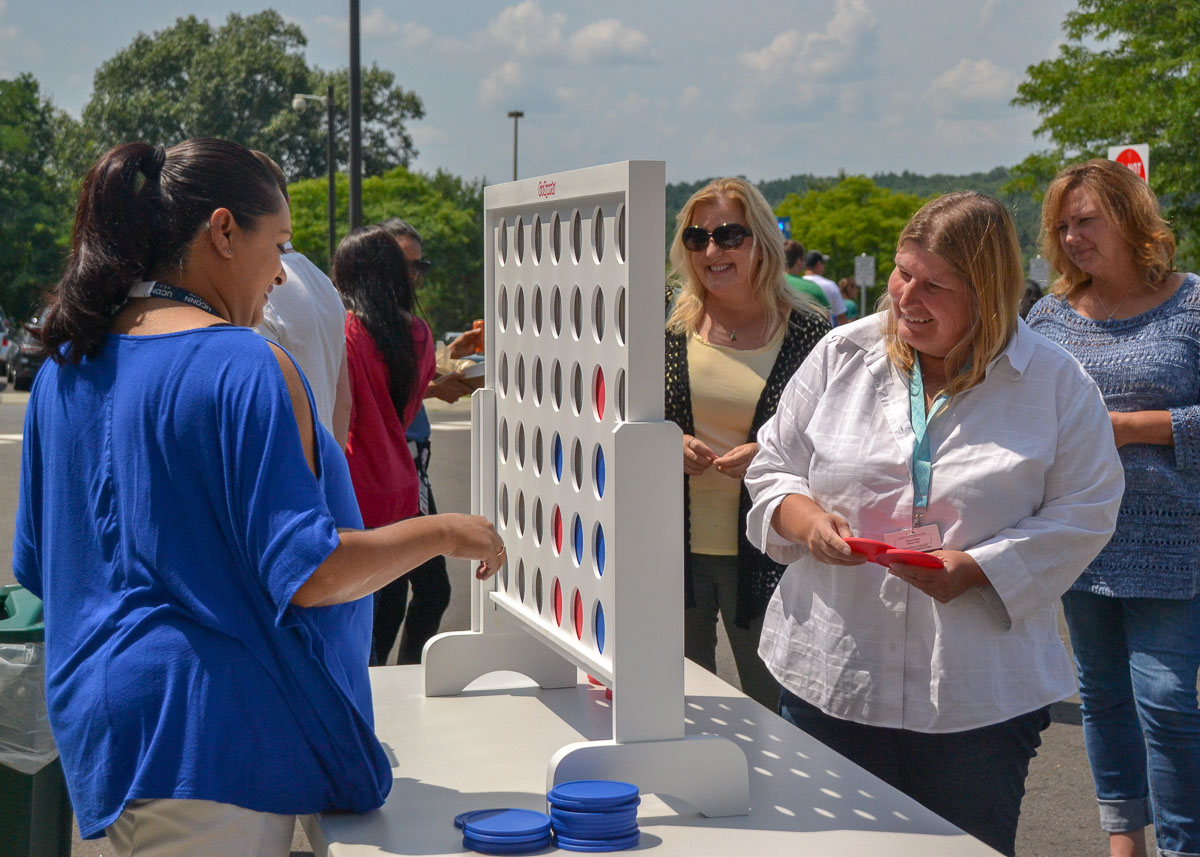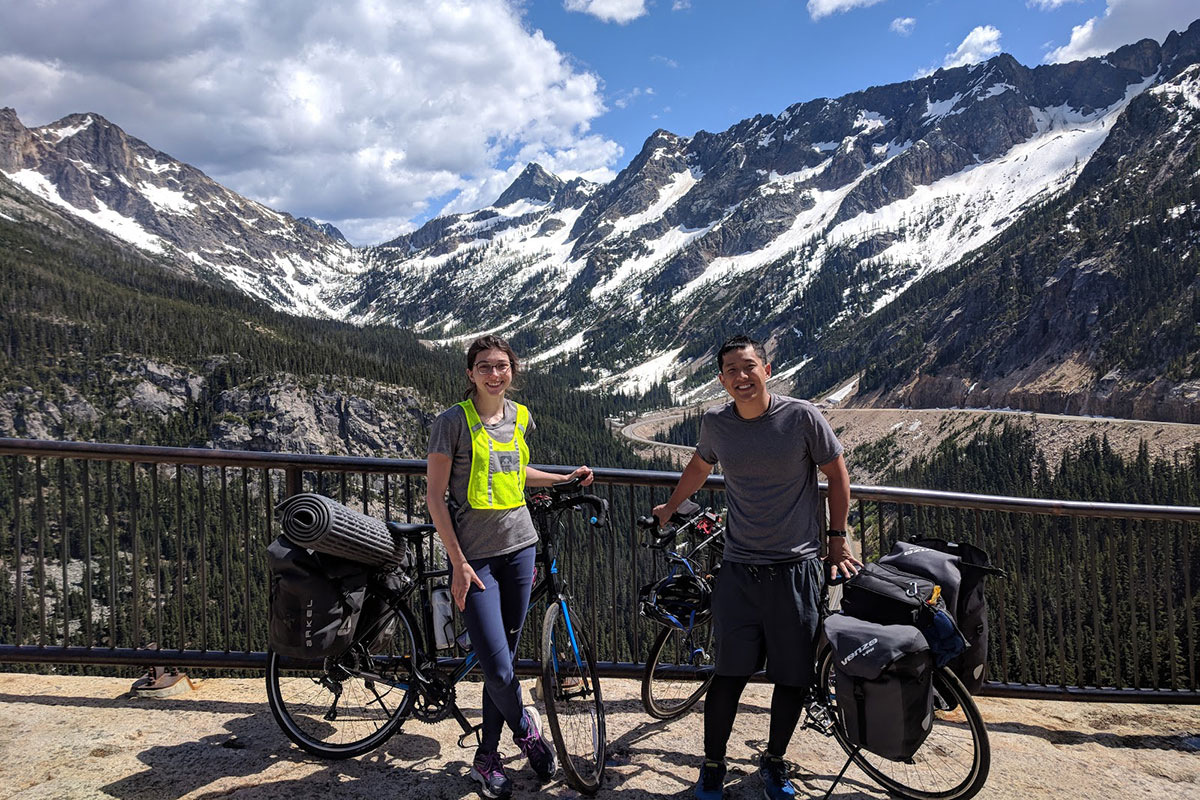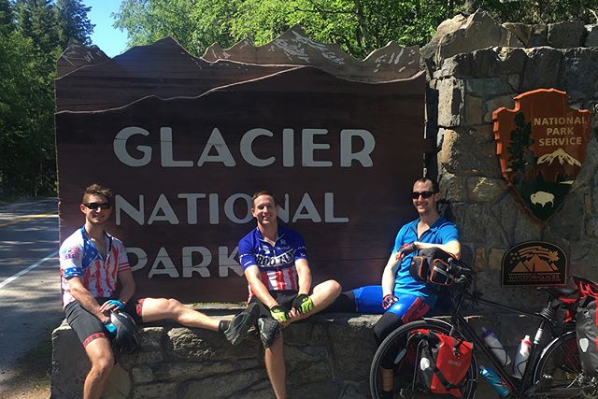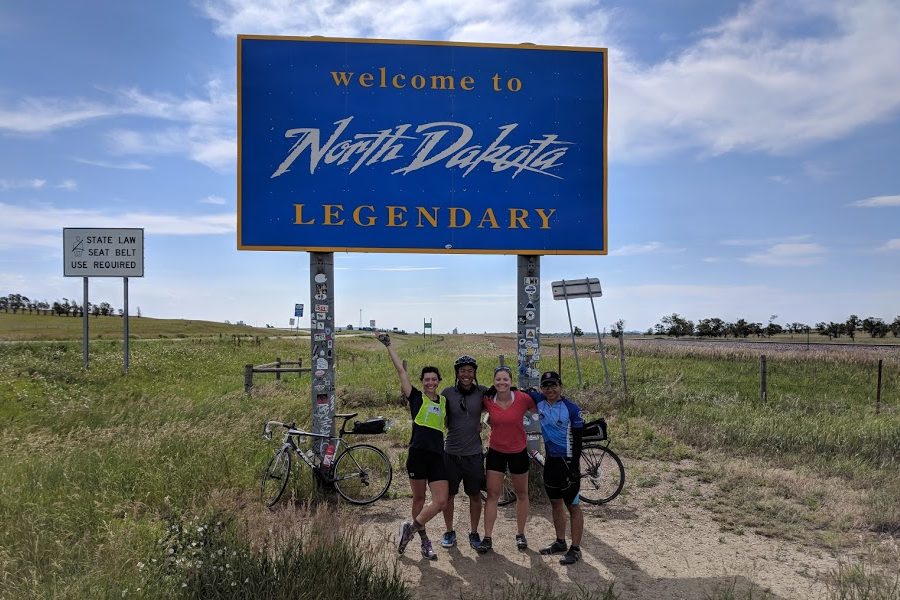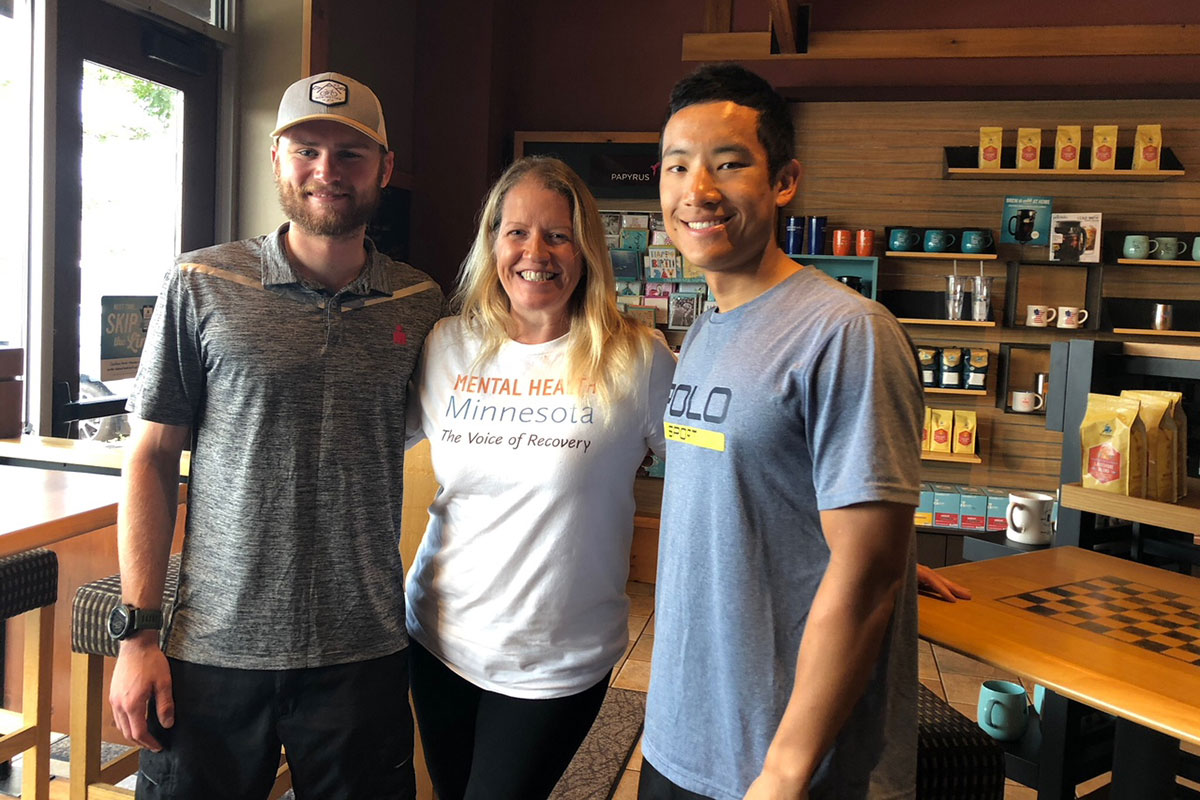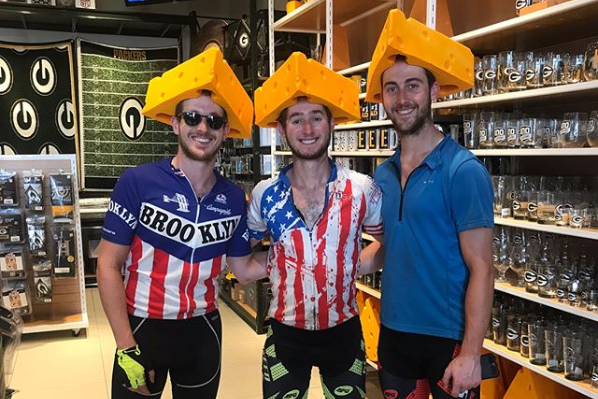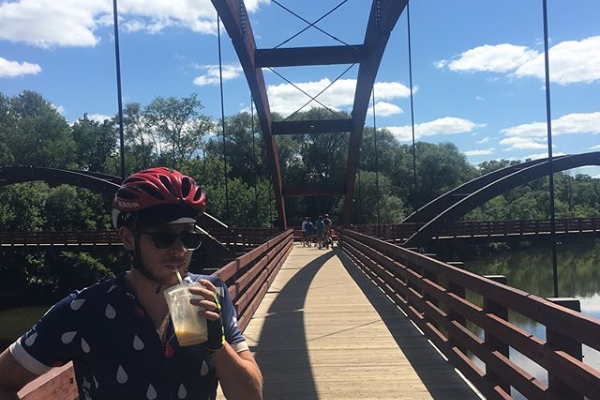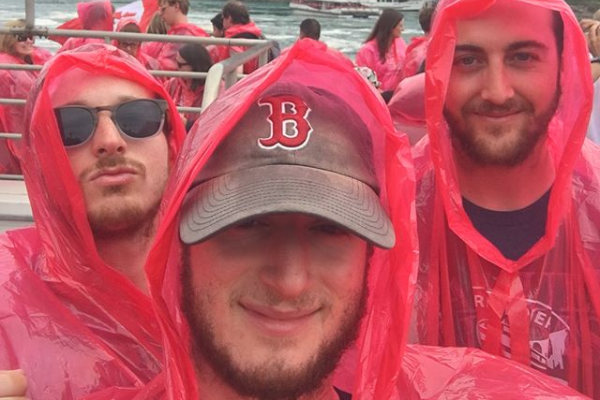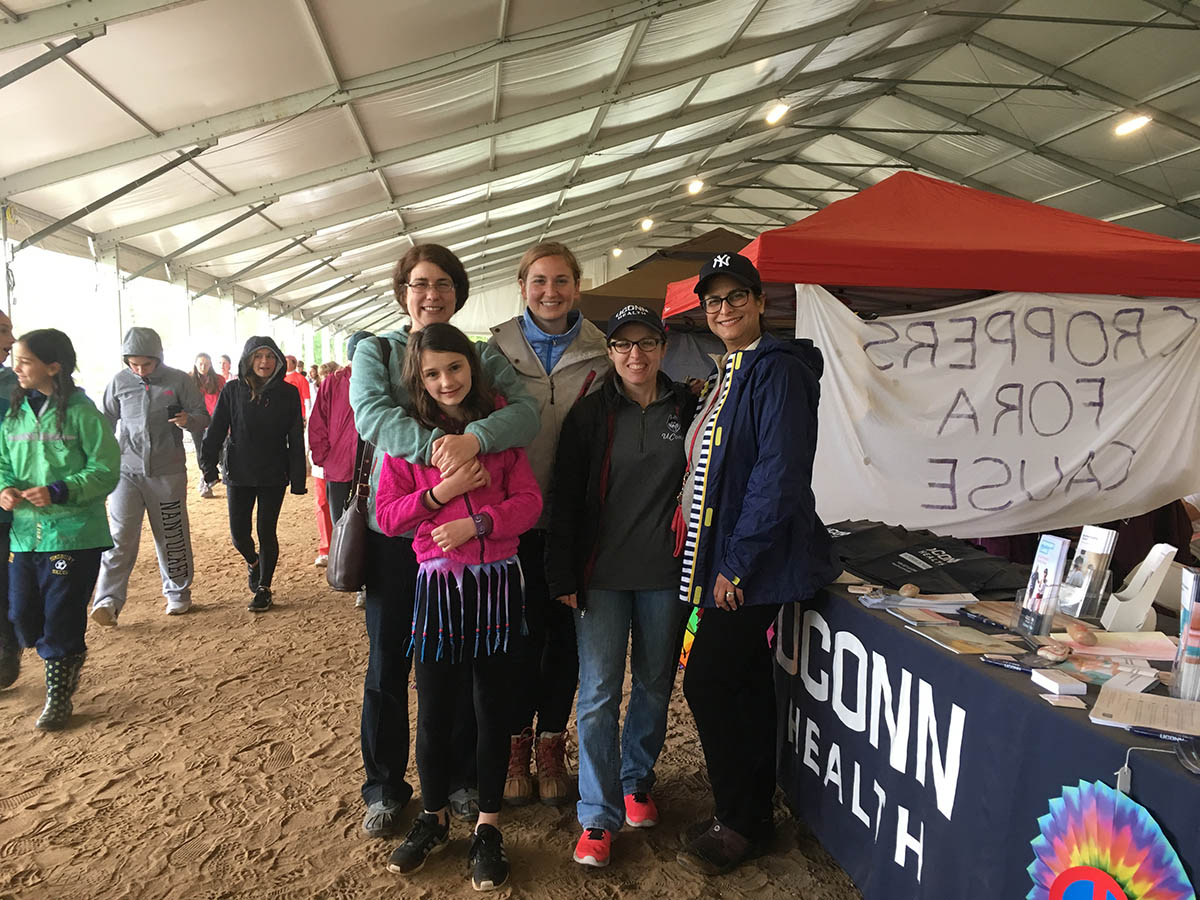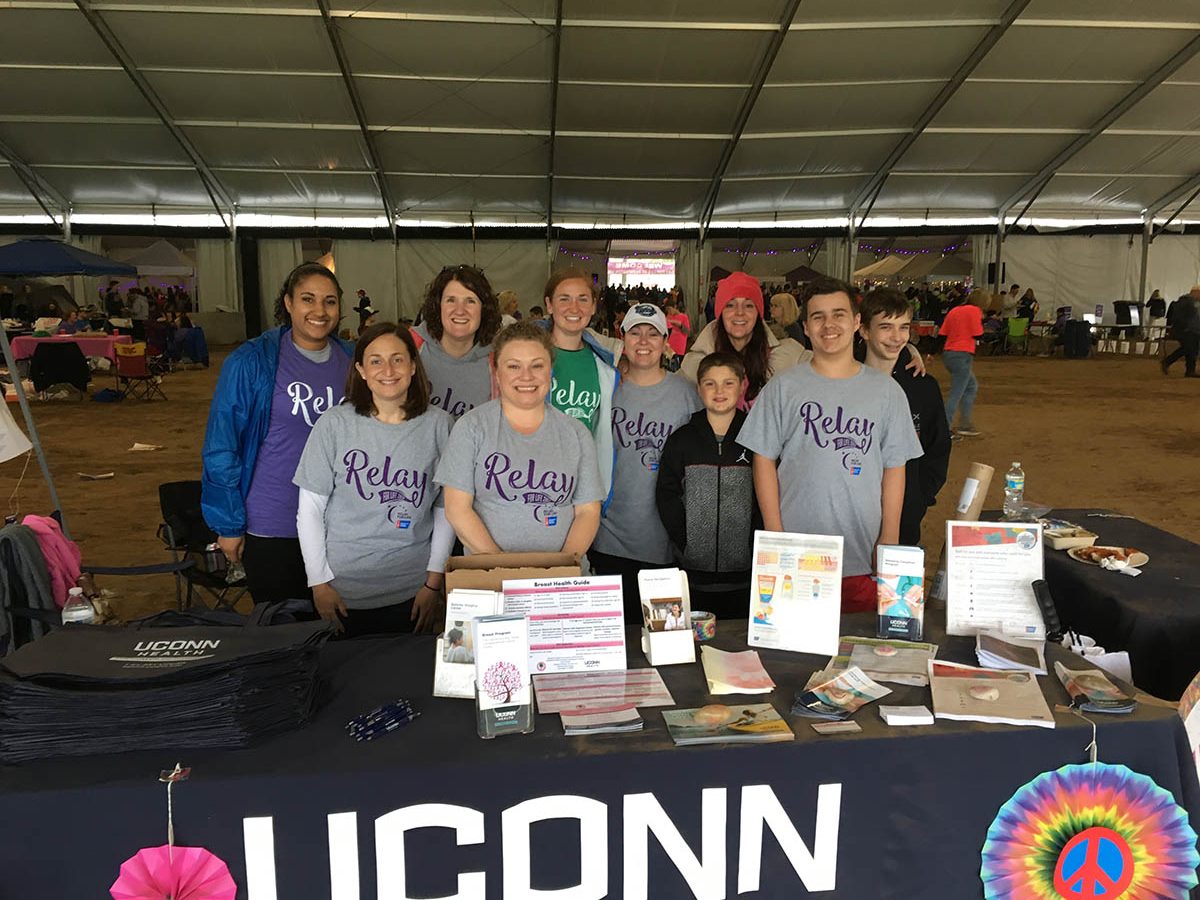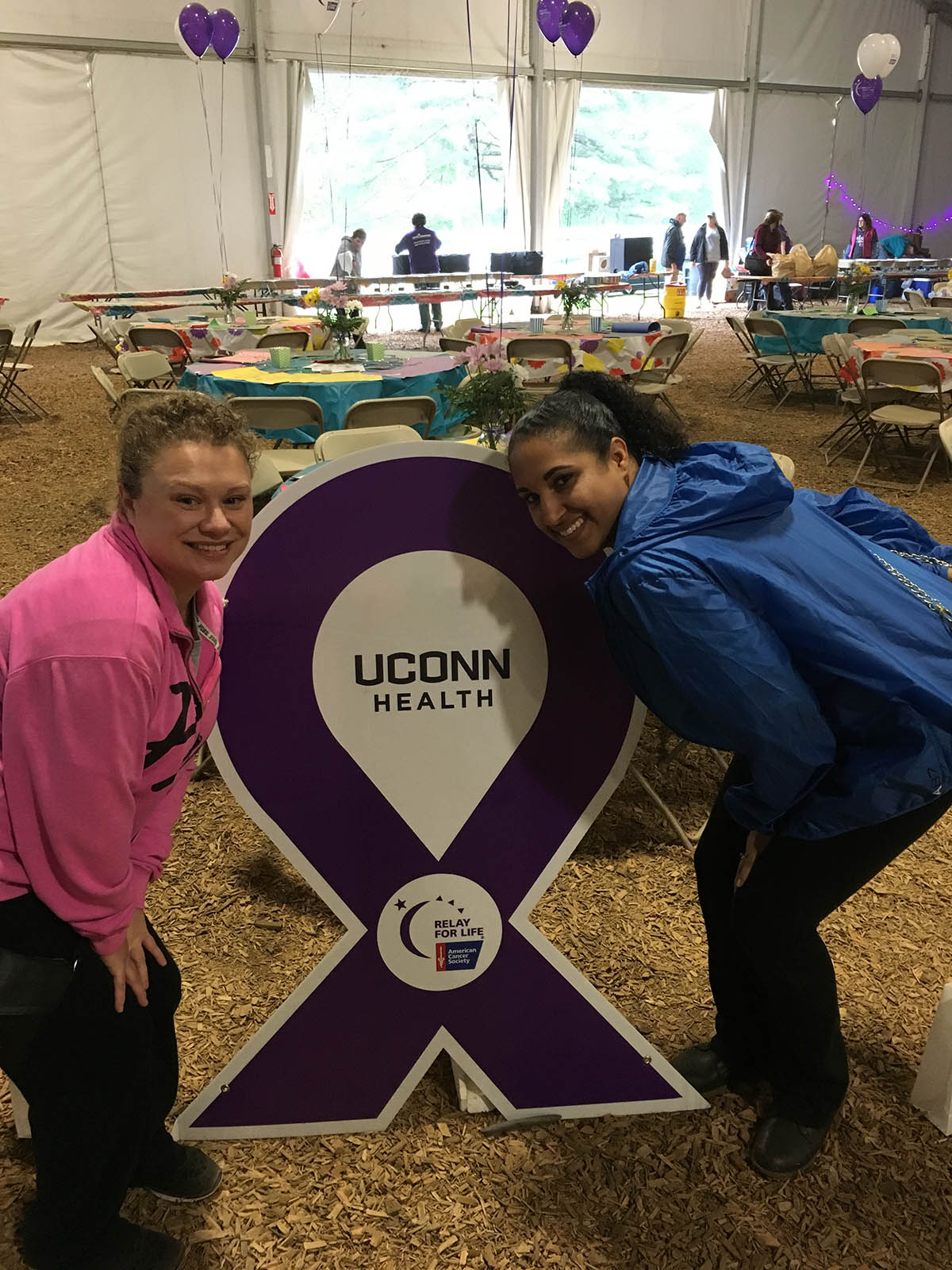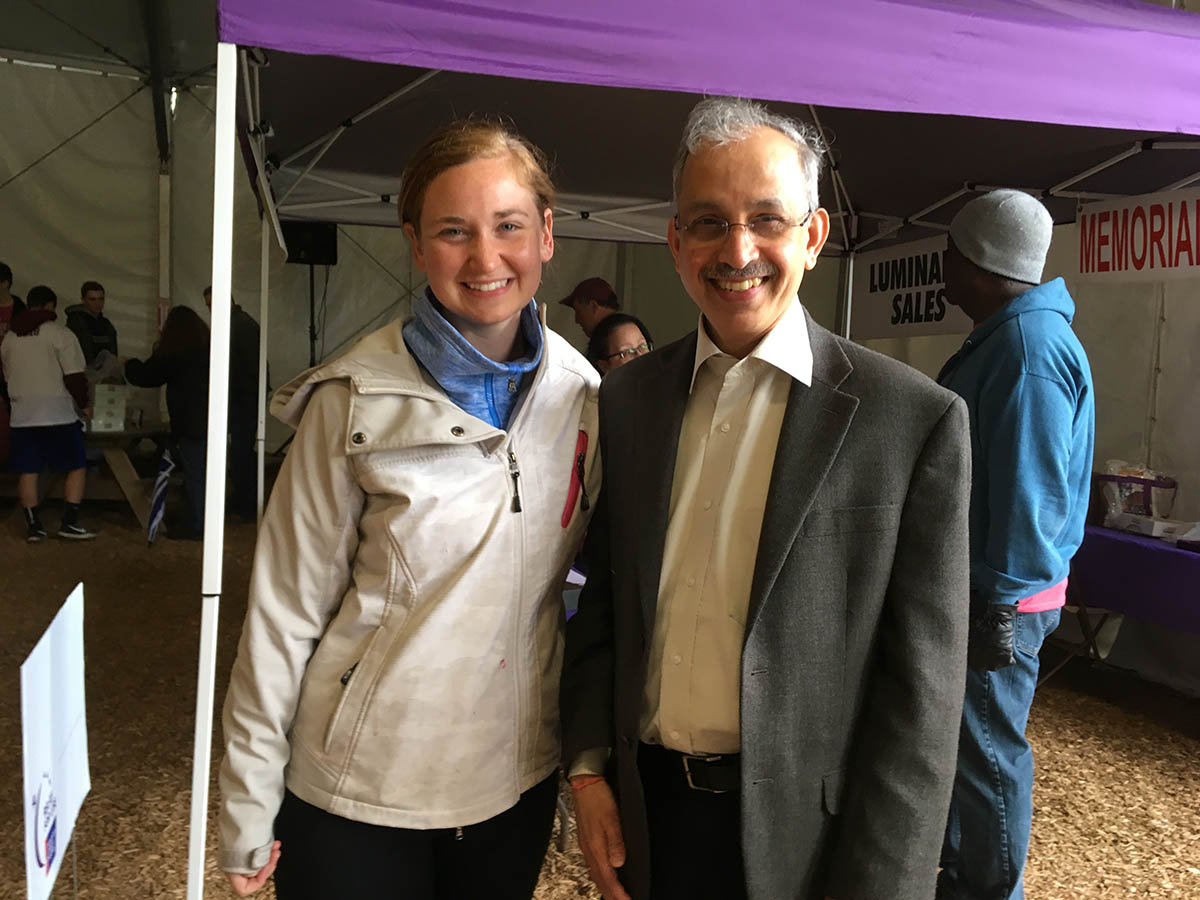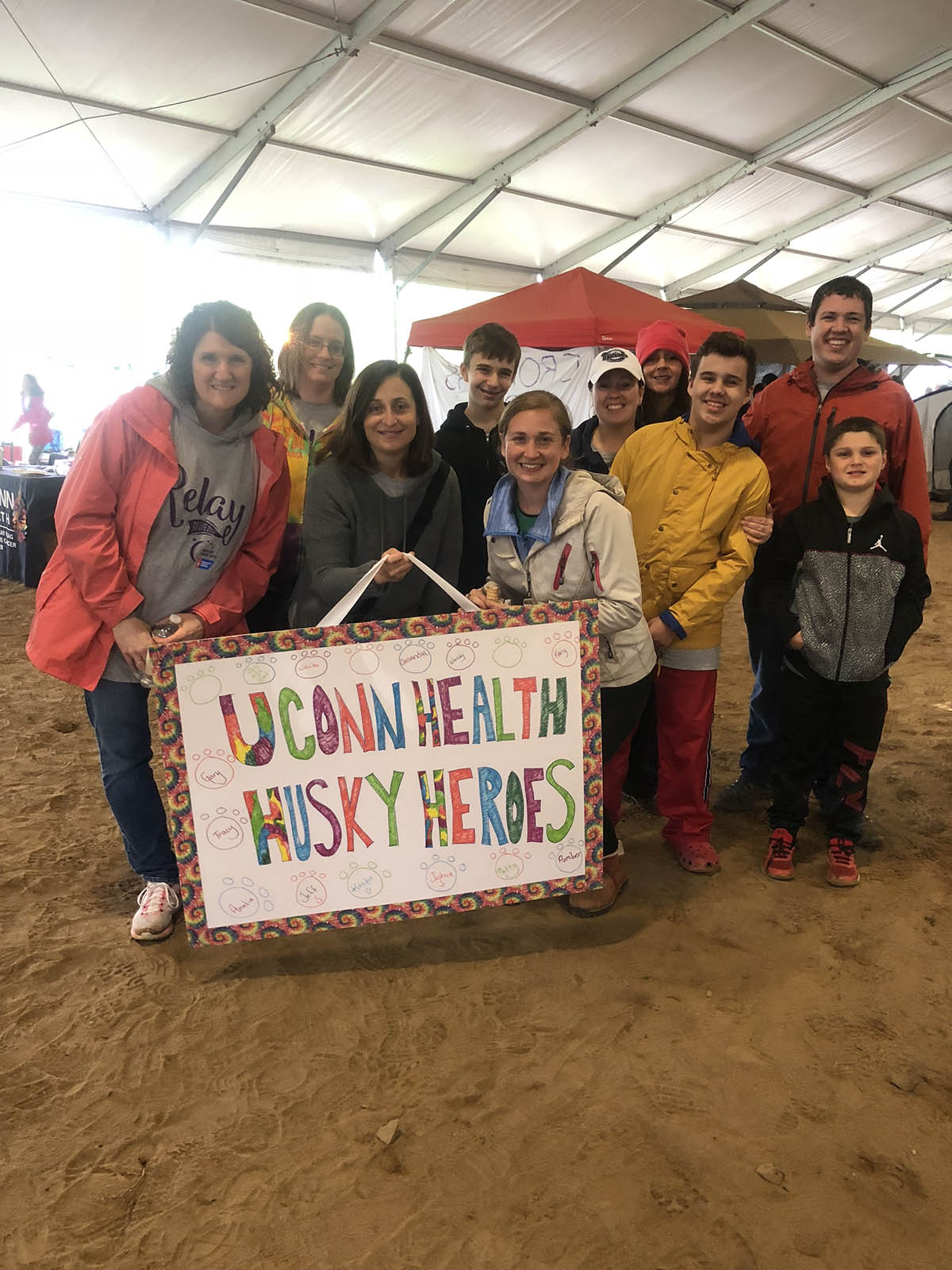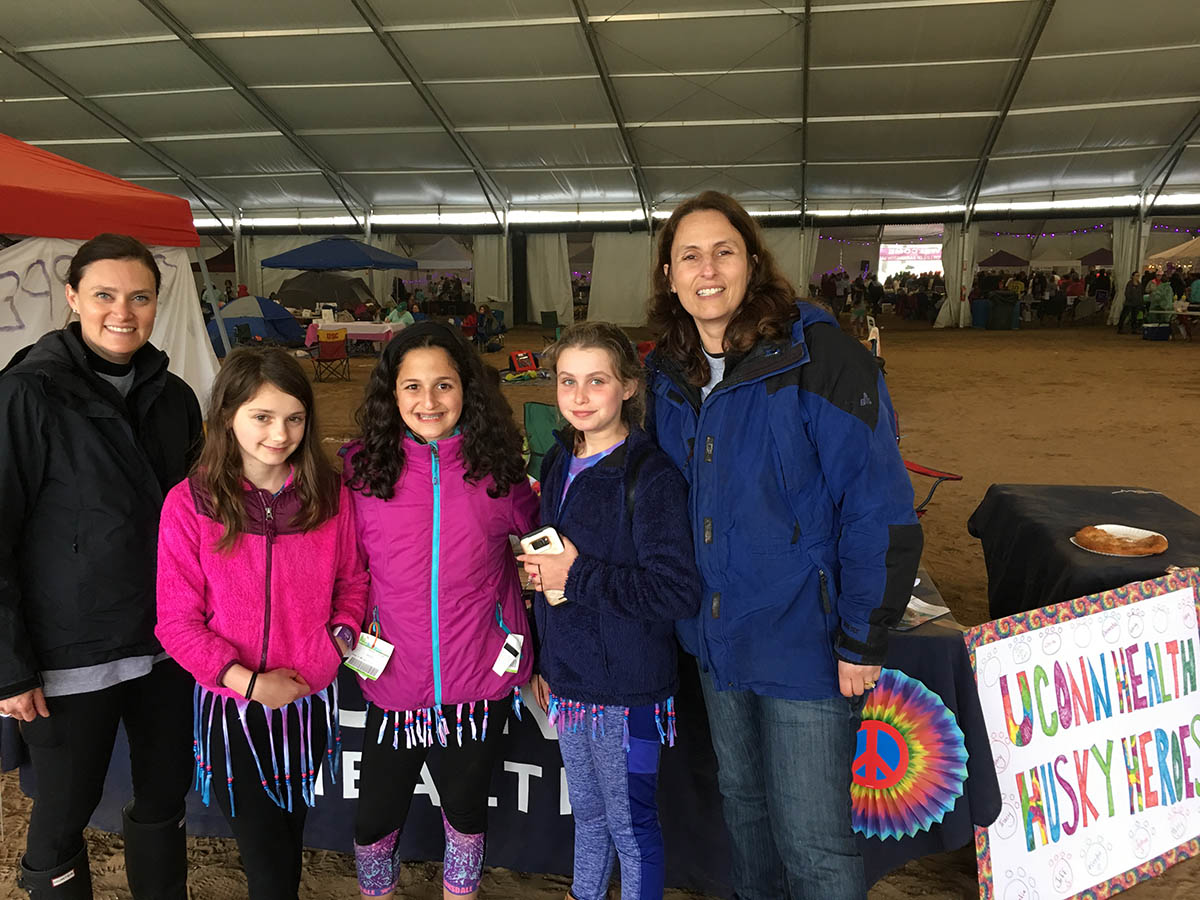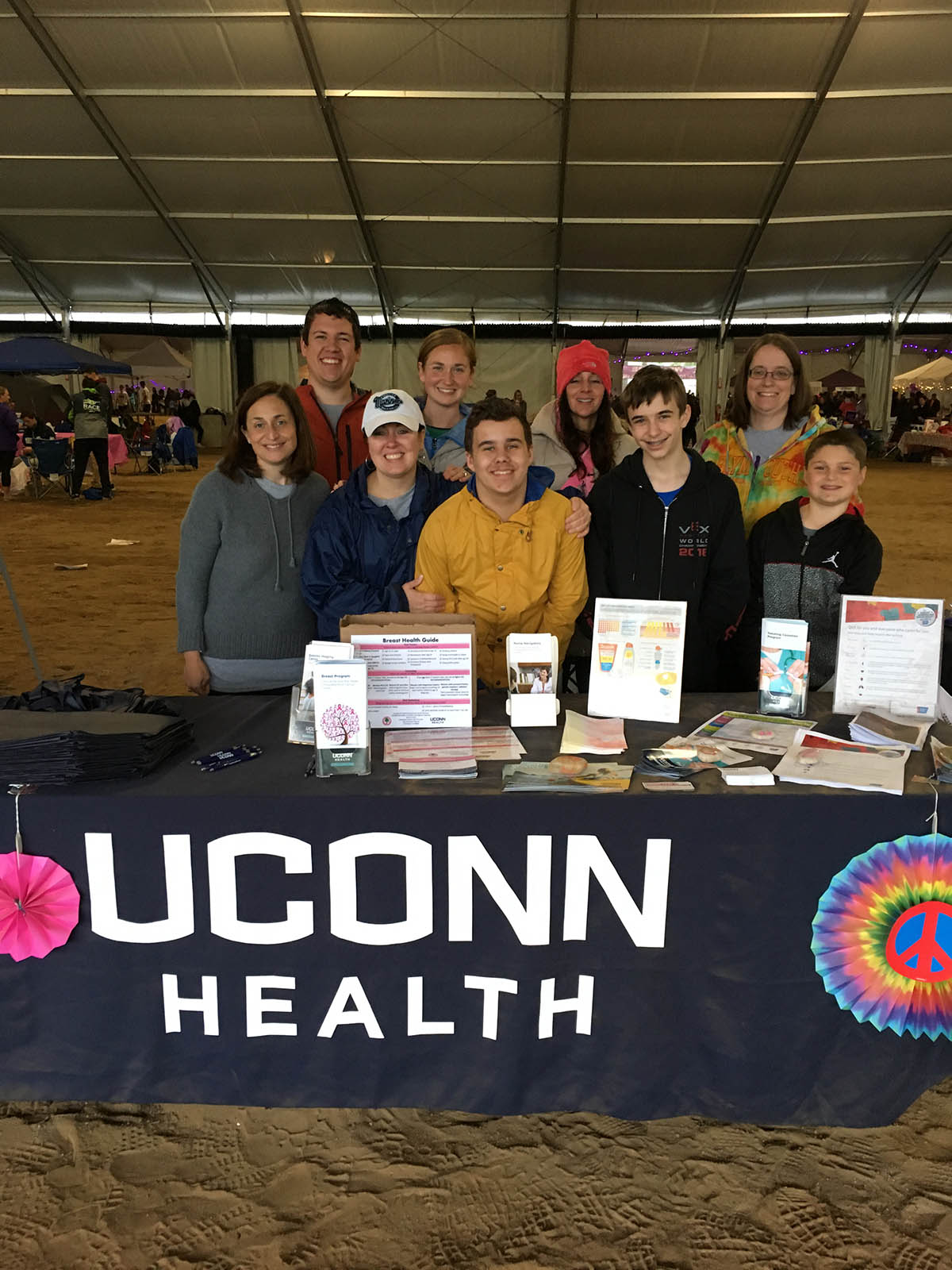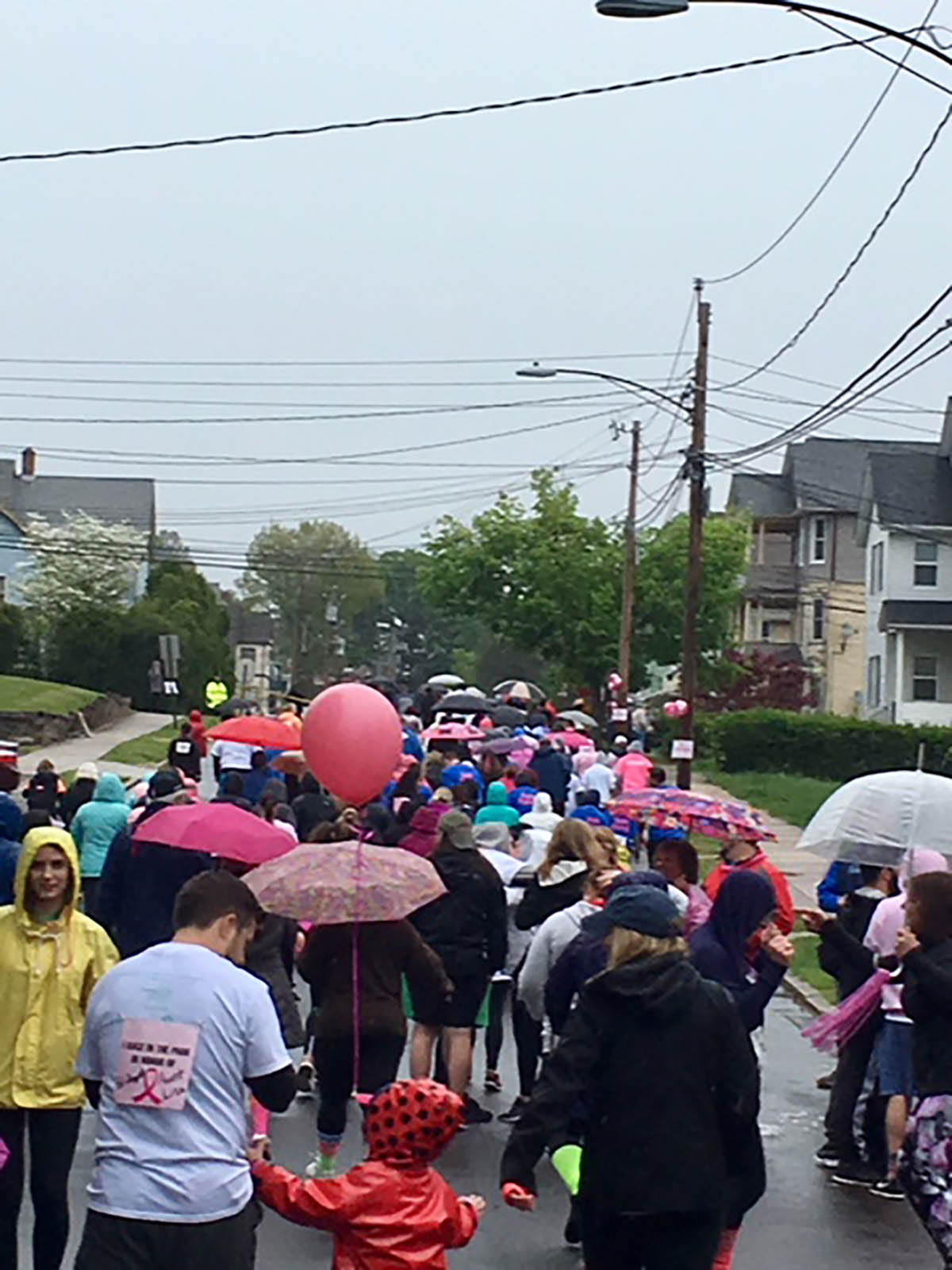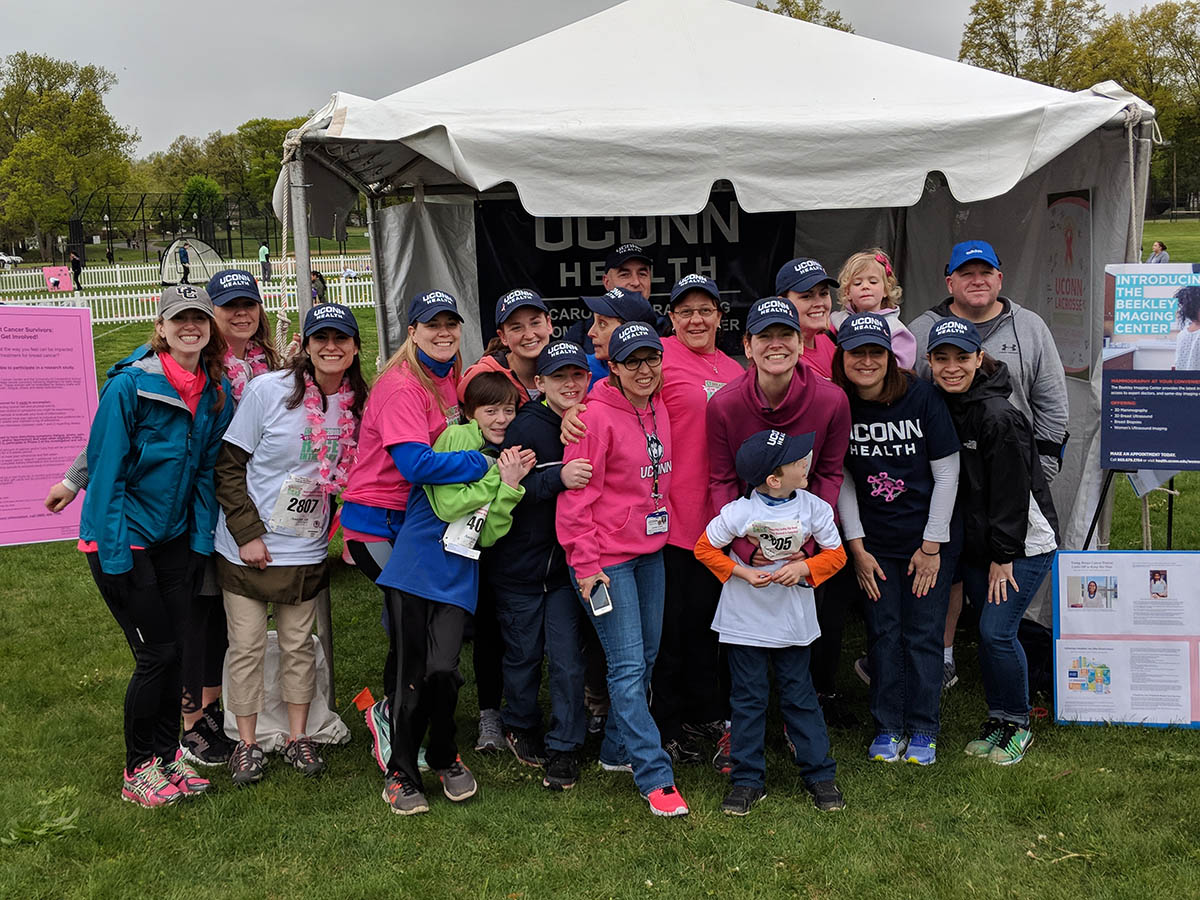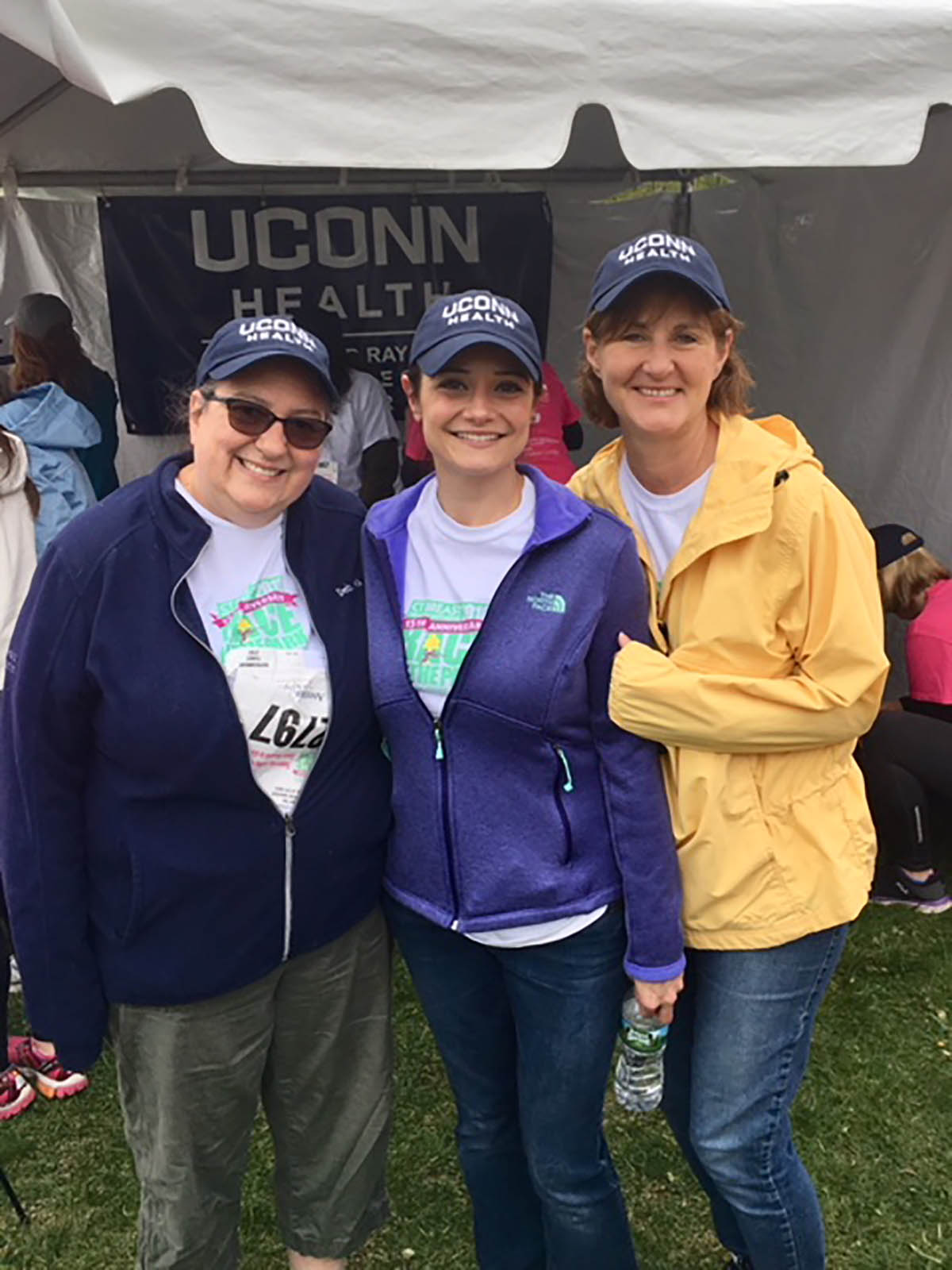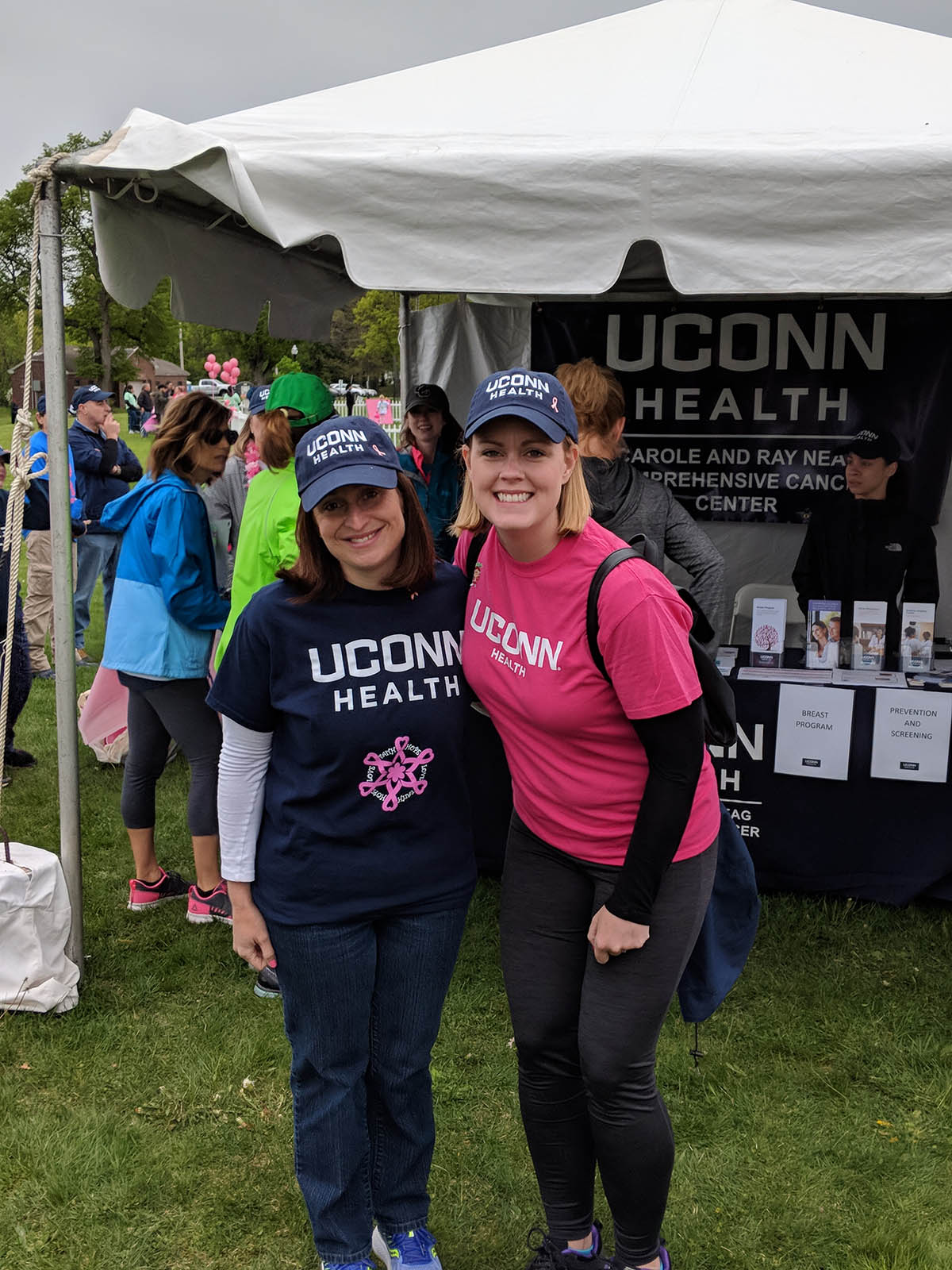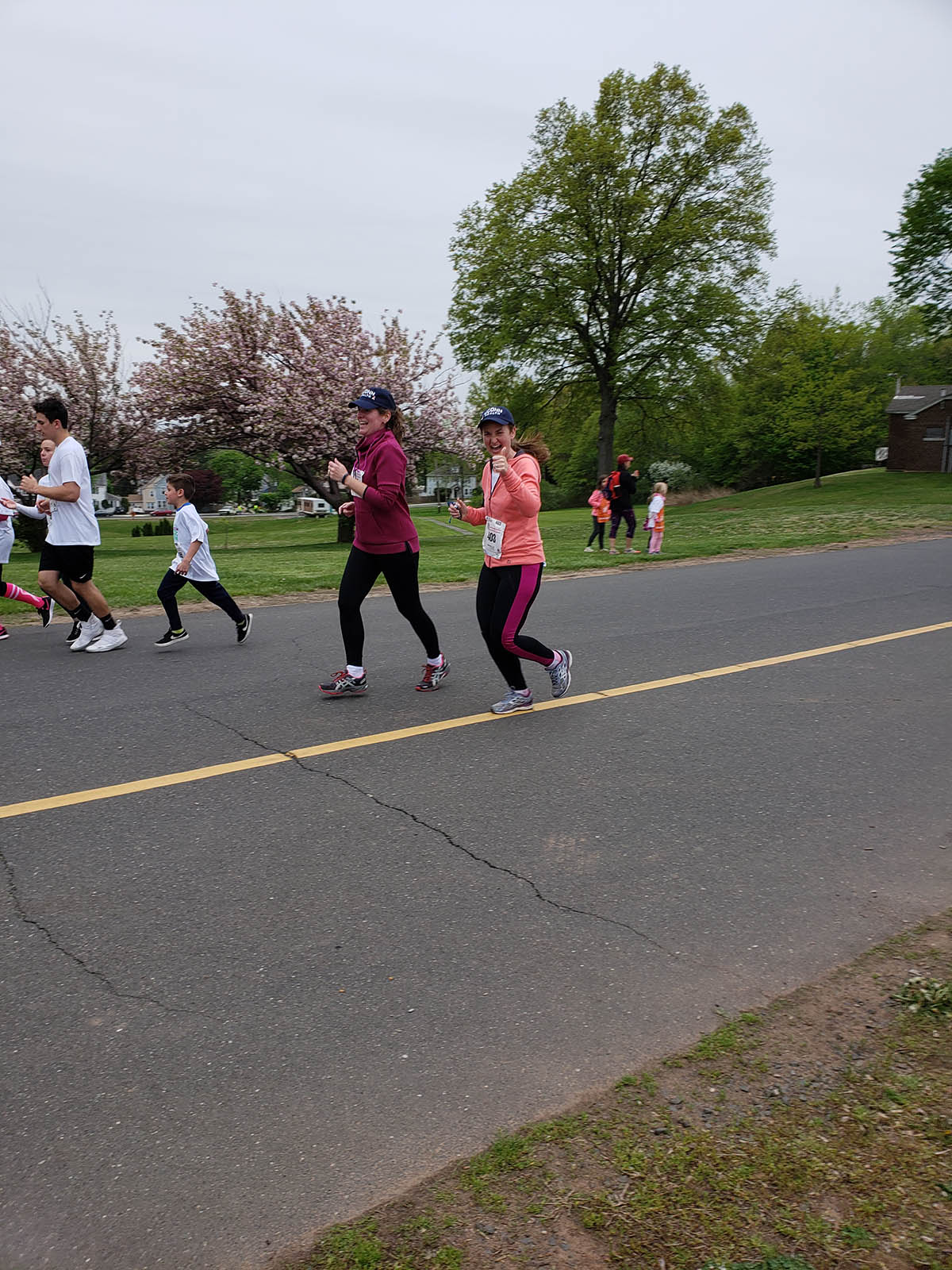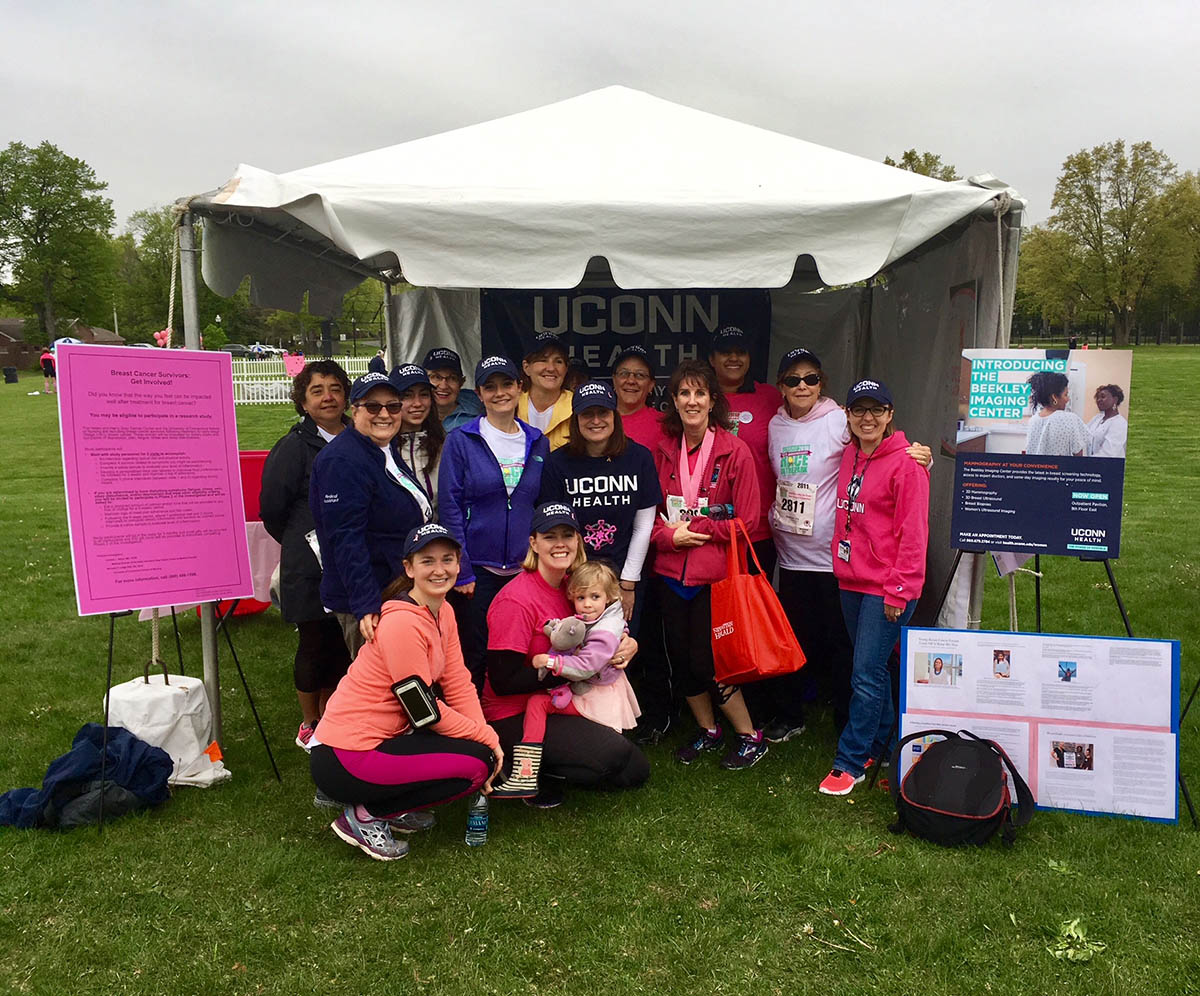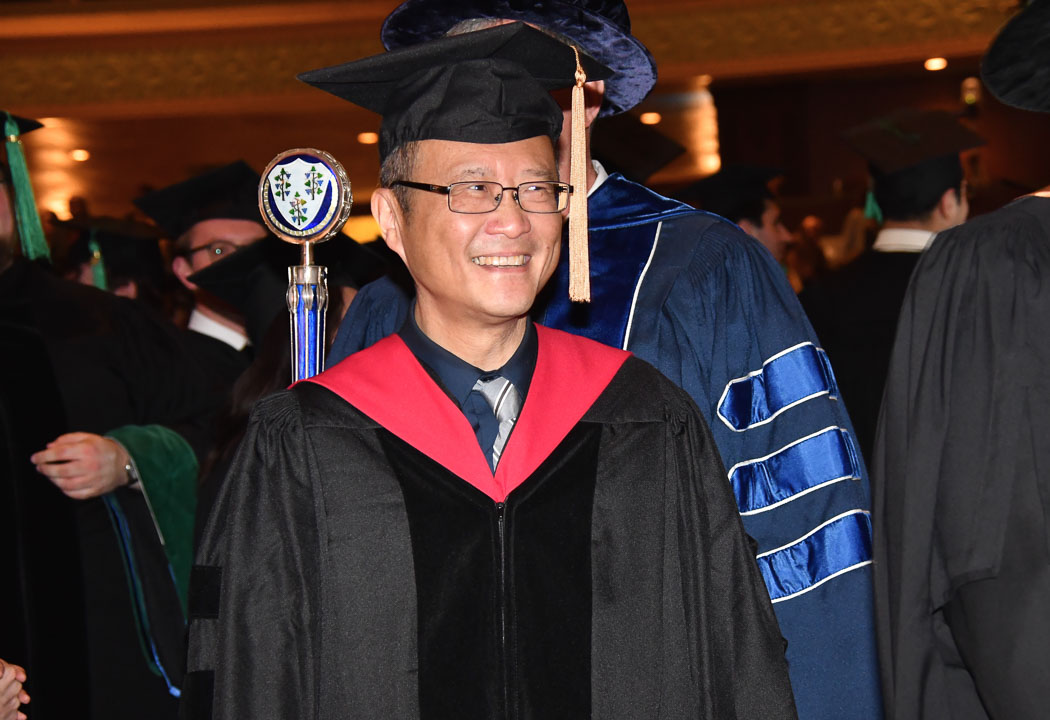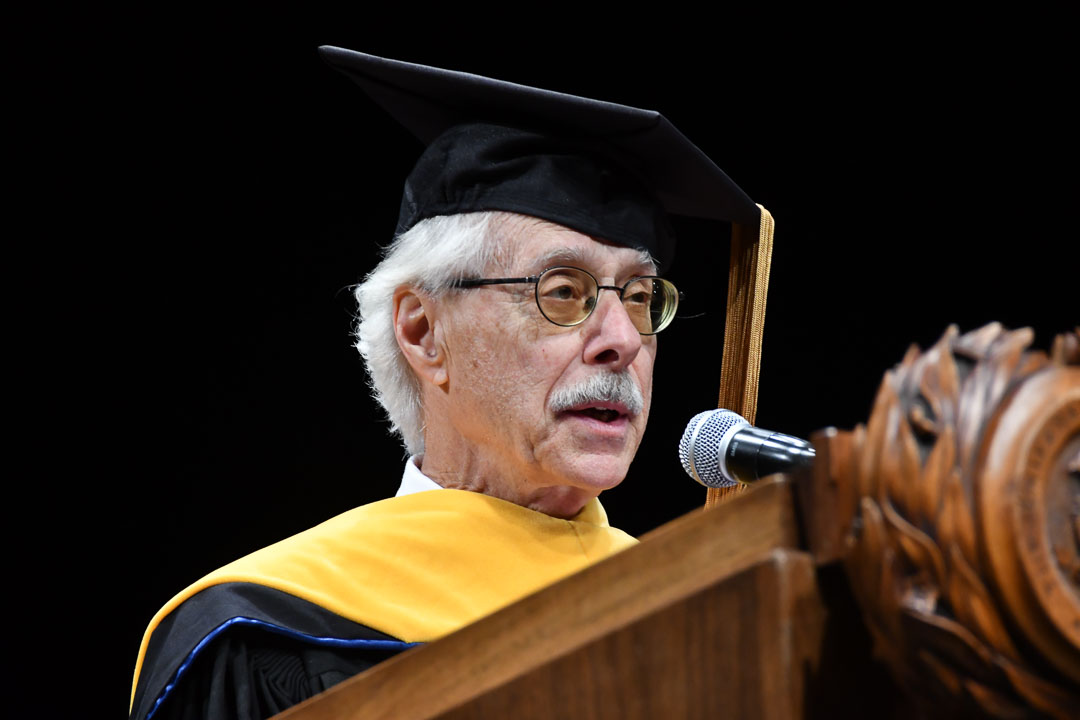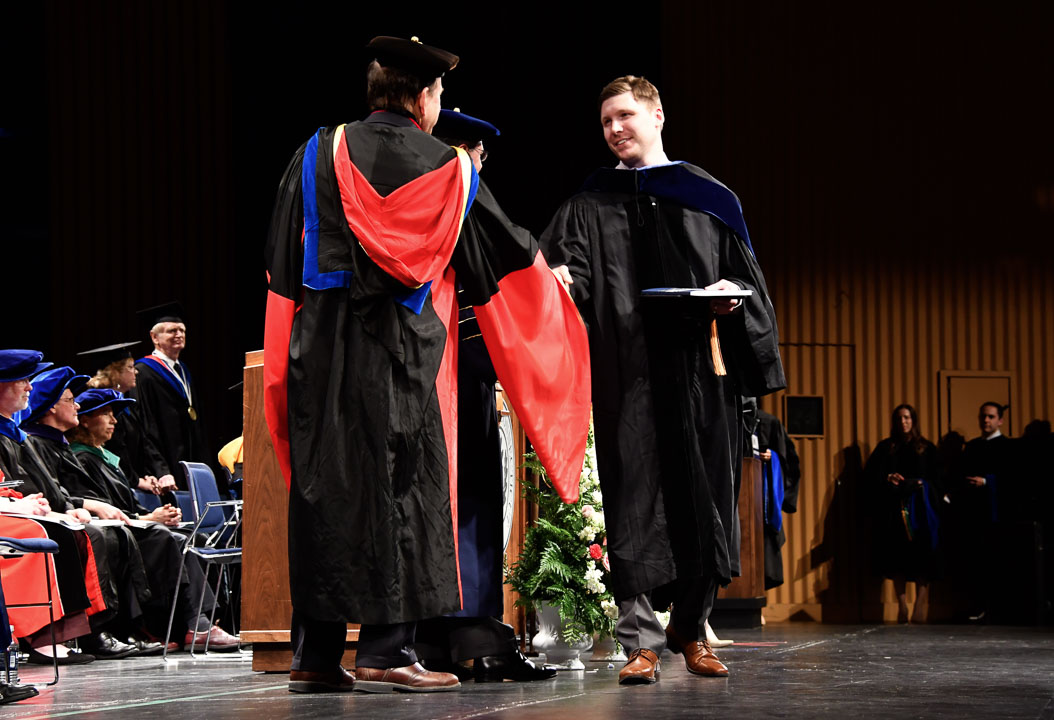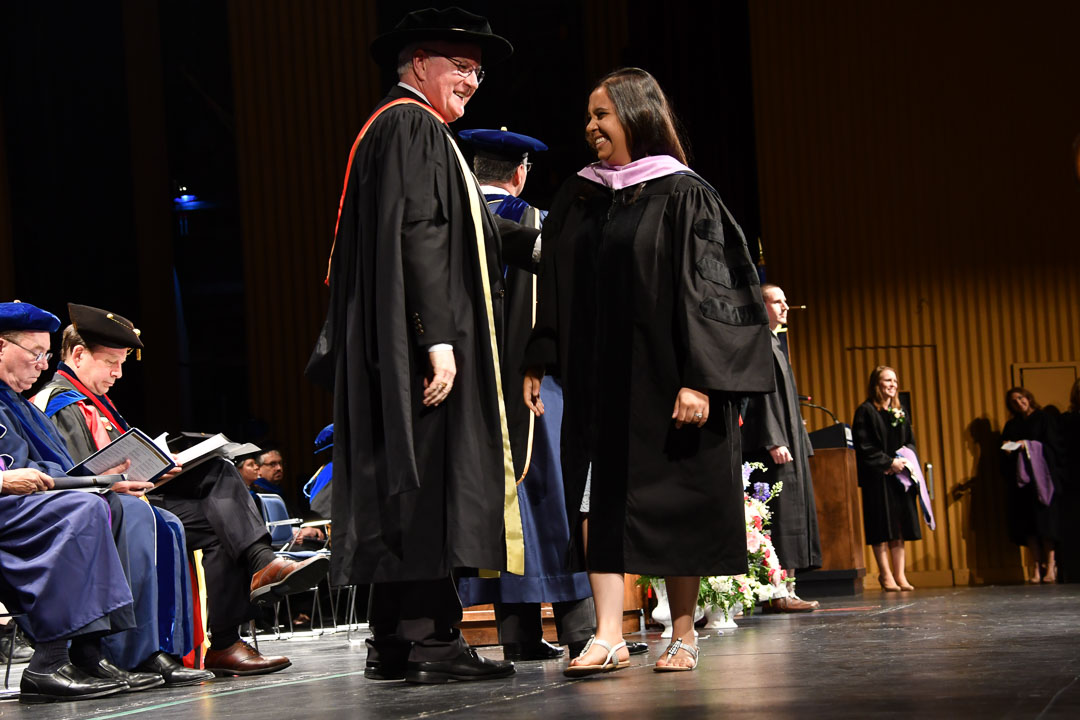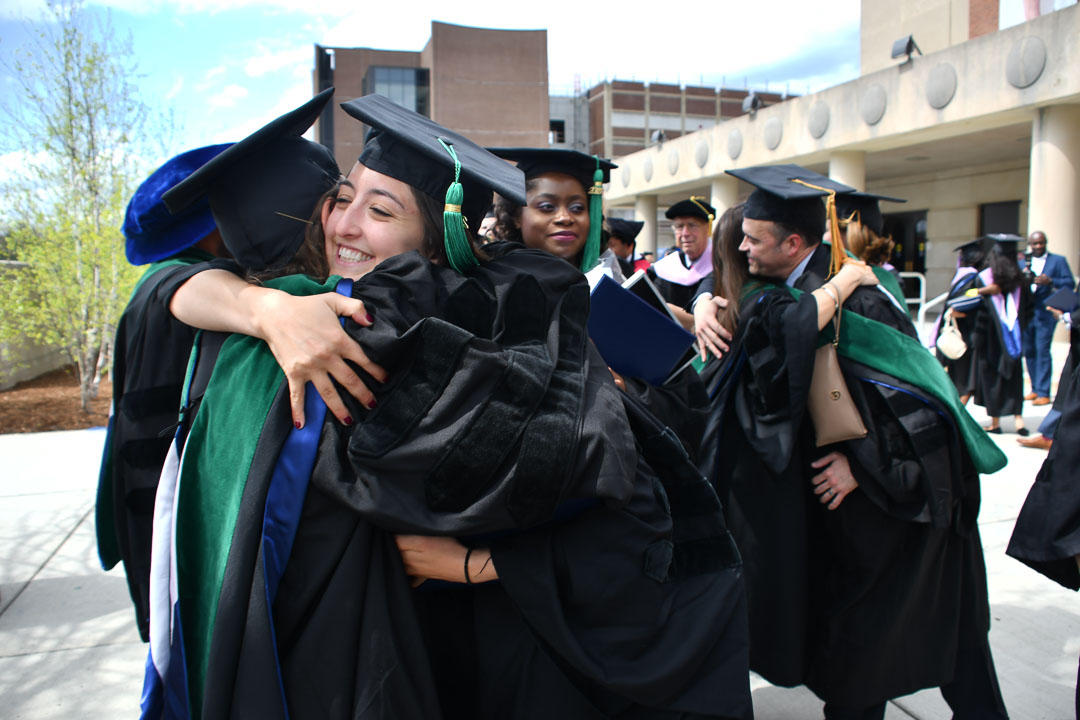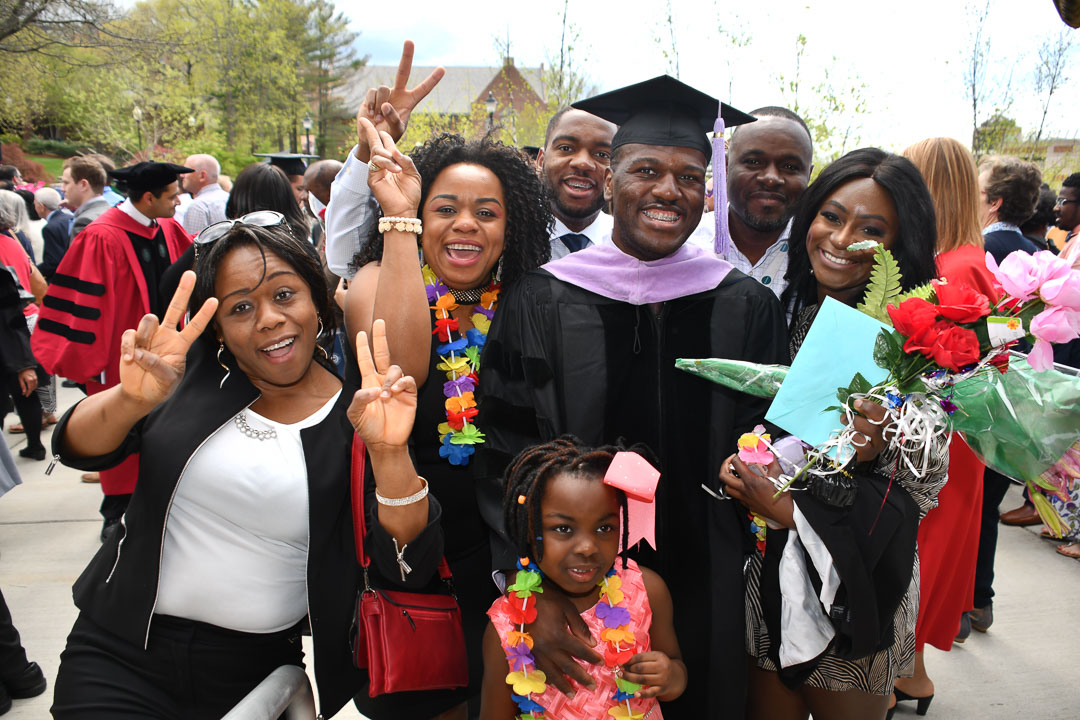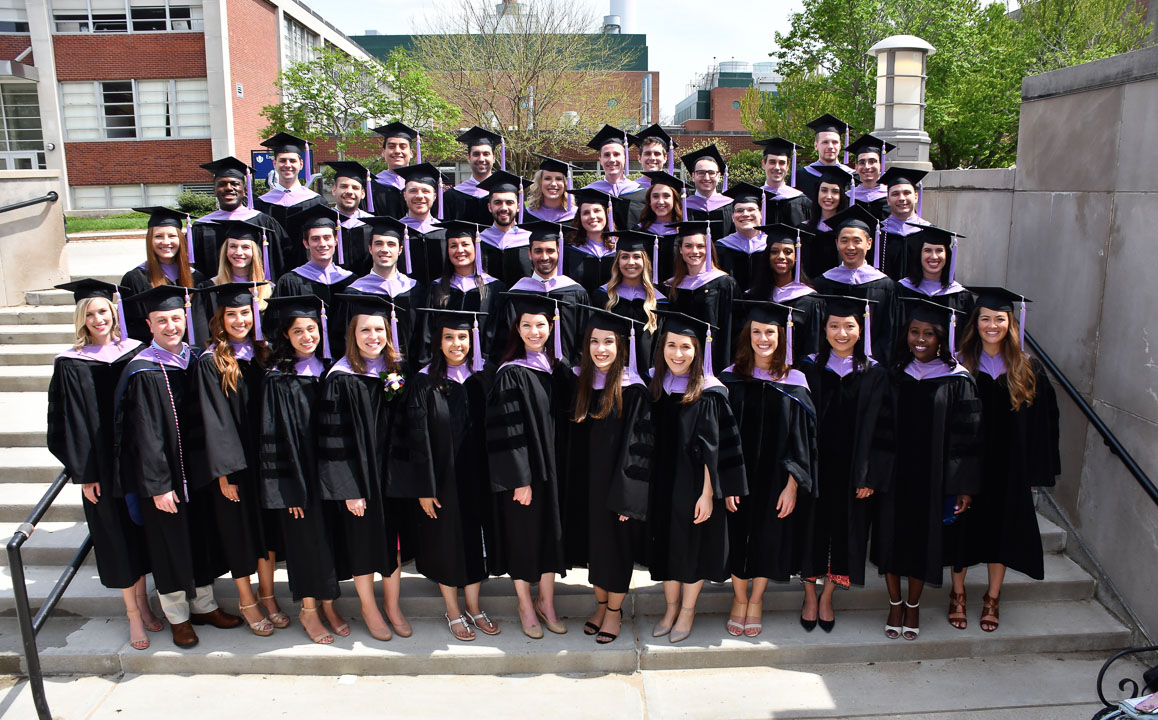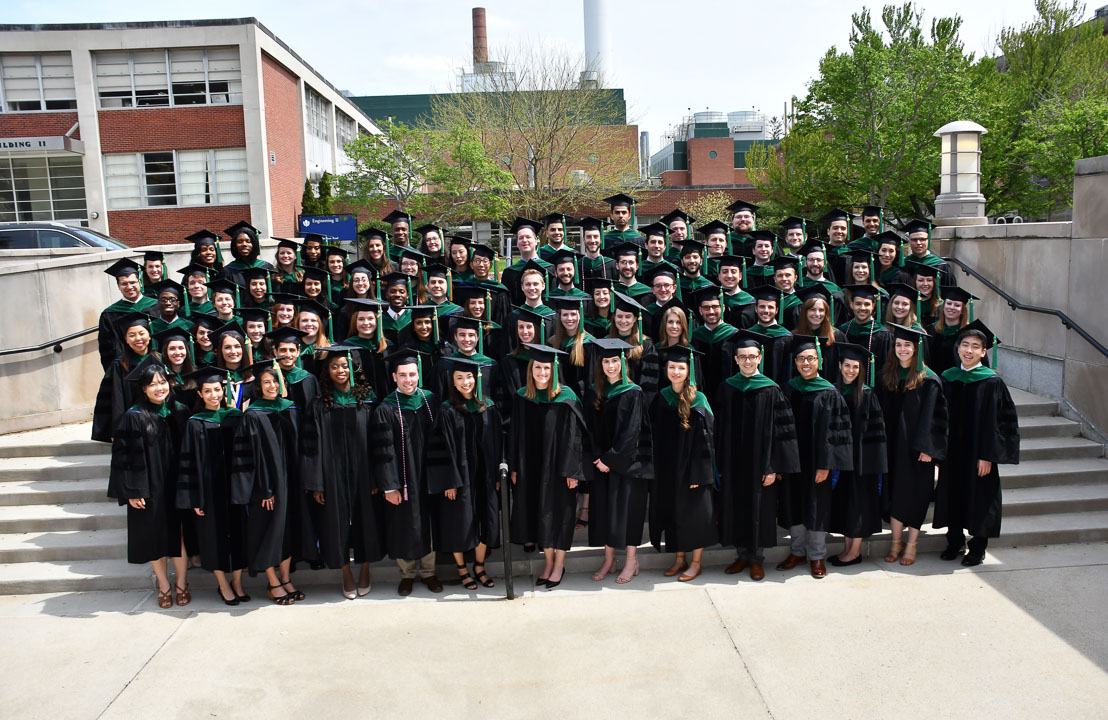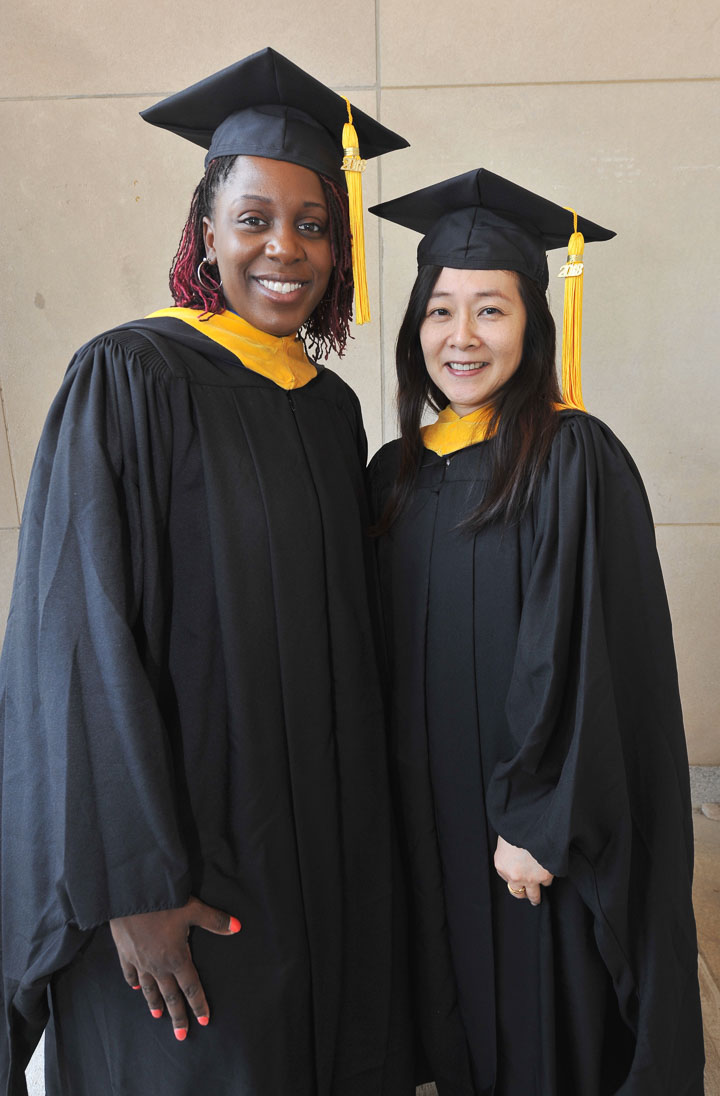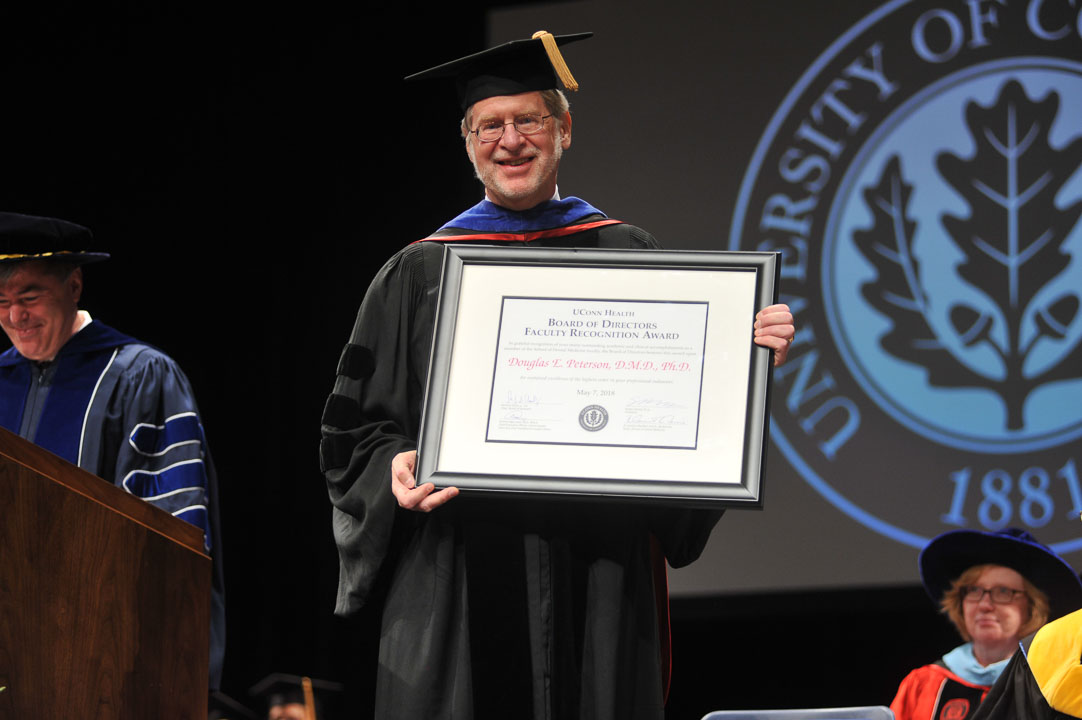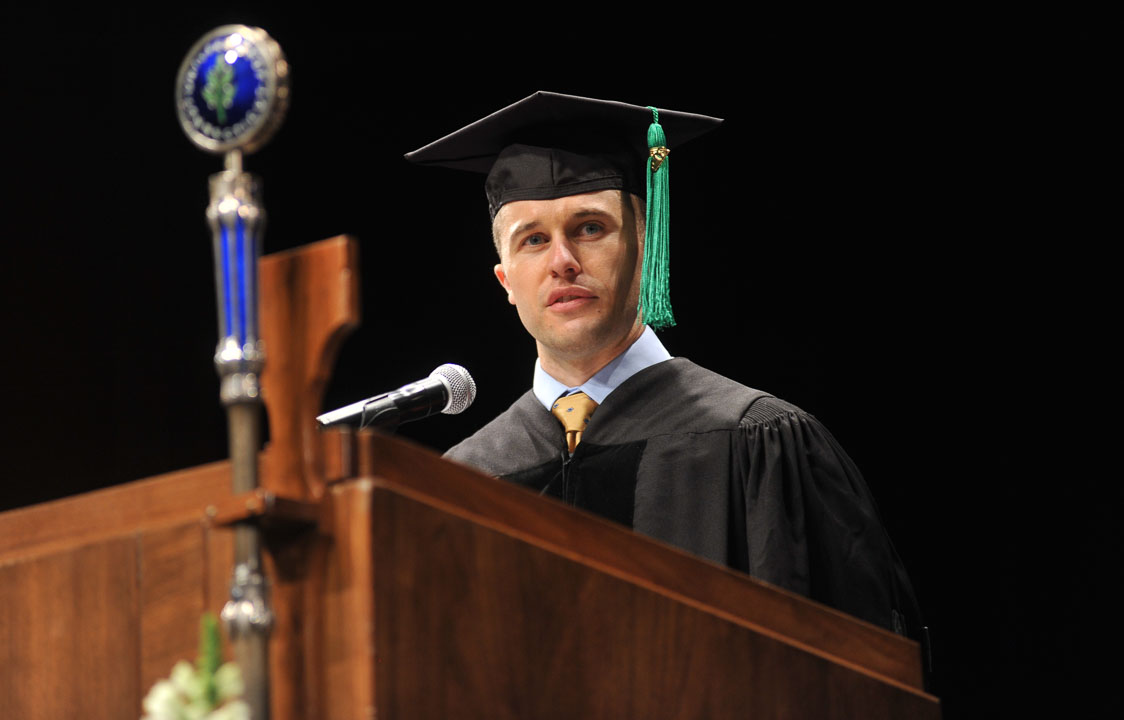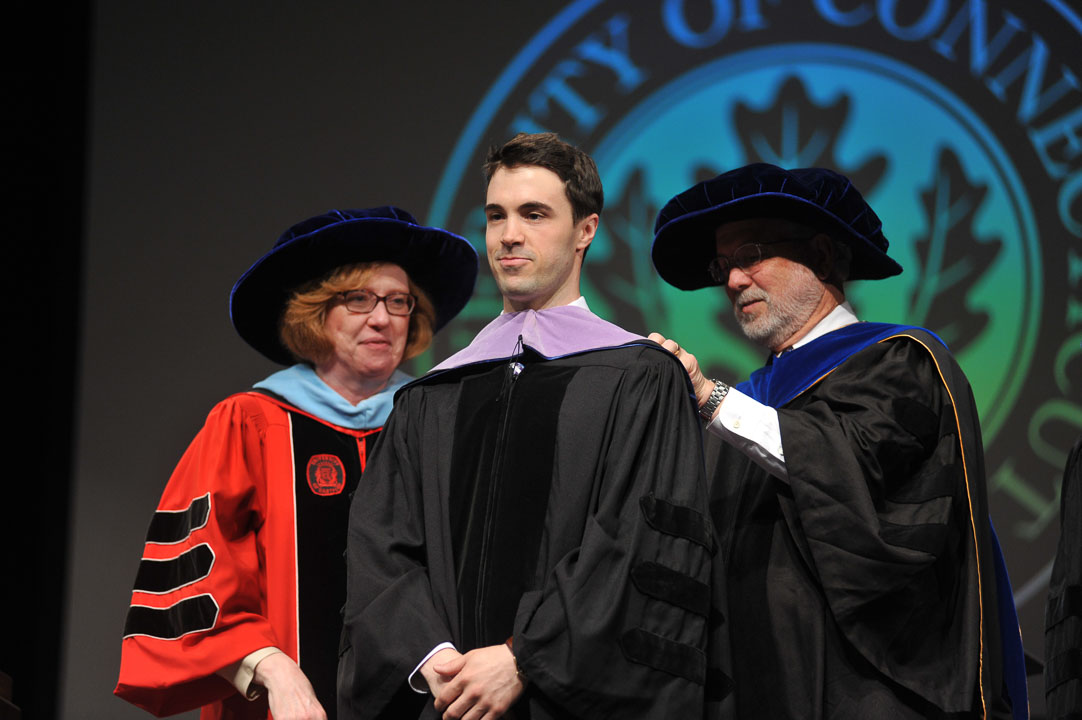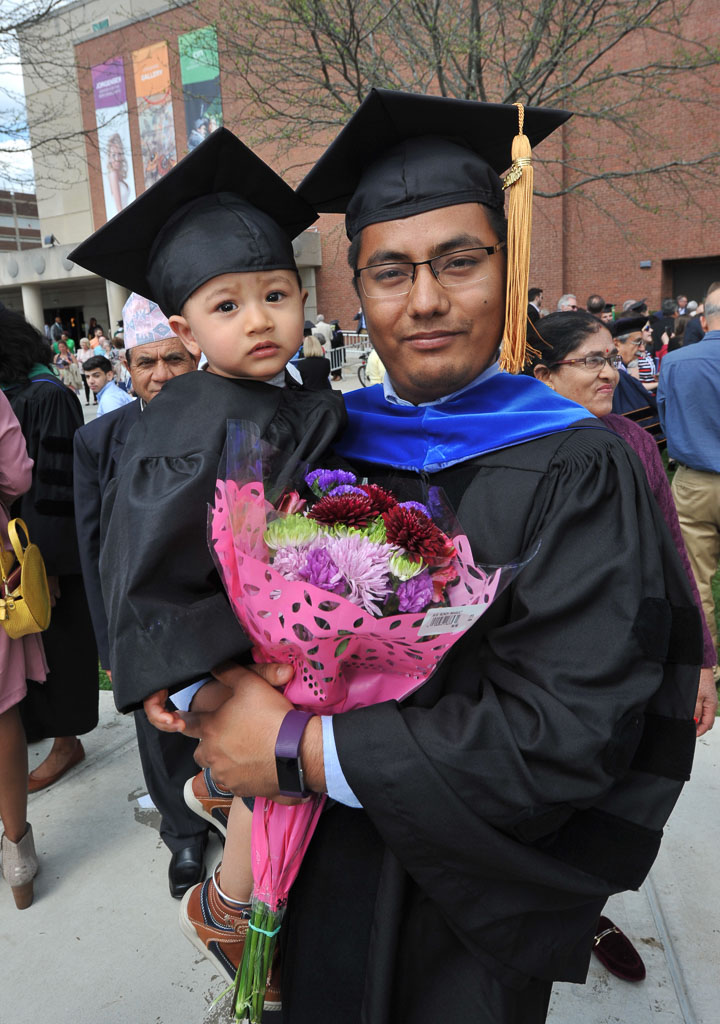Pulse
UConn Health Auxiliary: A 50-year Legacy
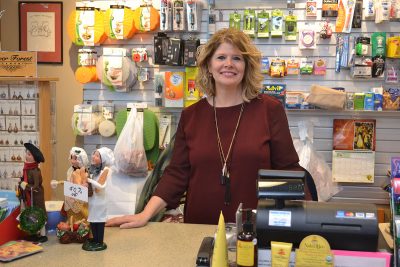
The UConn Health Auxiliary is in its 50th year of existence. Over that time, “The Good Deed People” have contributed more than $9 million to UConn Health.
The Auxiliary runs the Connucopia Gift Shop, both the main store in the University Tower (main level next to Starbucks) and the kiosk on the first floor of the Outpatient Pavilion, as well as the UConn Health Auxiliary Thrift Shop on Park Road in West Hartford. Whenever you patronize those shops, or any of the vendors who visit UConn Health during the year, or any of the vendors who come to the Spring Market or the Festival of Trees and Winter Faire (look for more details in the weeks to come), you’re supporting UConn Health by supporting the Auxiliary.
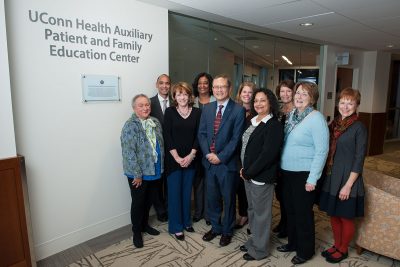
Historic contributions include:
- The Creative Child Center
- The UConn Health art collection
- The Joseph M. Healey, Jr. Endowed Chair in Medical Humanities and Bioethics
- The Family Place at Homewood Suites
More recent contributions include:
- Scholarships and student travel funding
- Cancer survivors’ program
- Patient assistance program
- Web cams in the NICU (with the Farmington Rotary)
- The UConn Health Auxiliary Patient and Family Education Center in the Outpatient Pavilion, including two interactive kiosks
- Providing notebooks for patient education in both the Outpatient Pavilion and the UConn John Dempsey Hospital
Spotlight on Services: Day in the Life of a Dispatcher
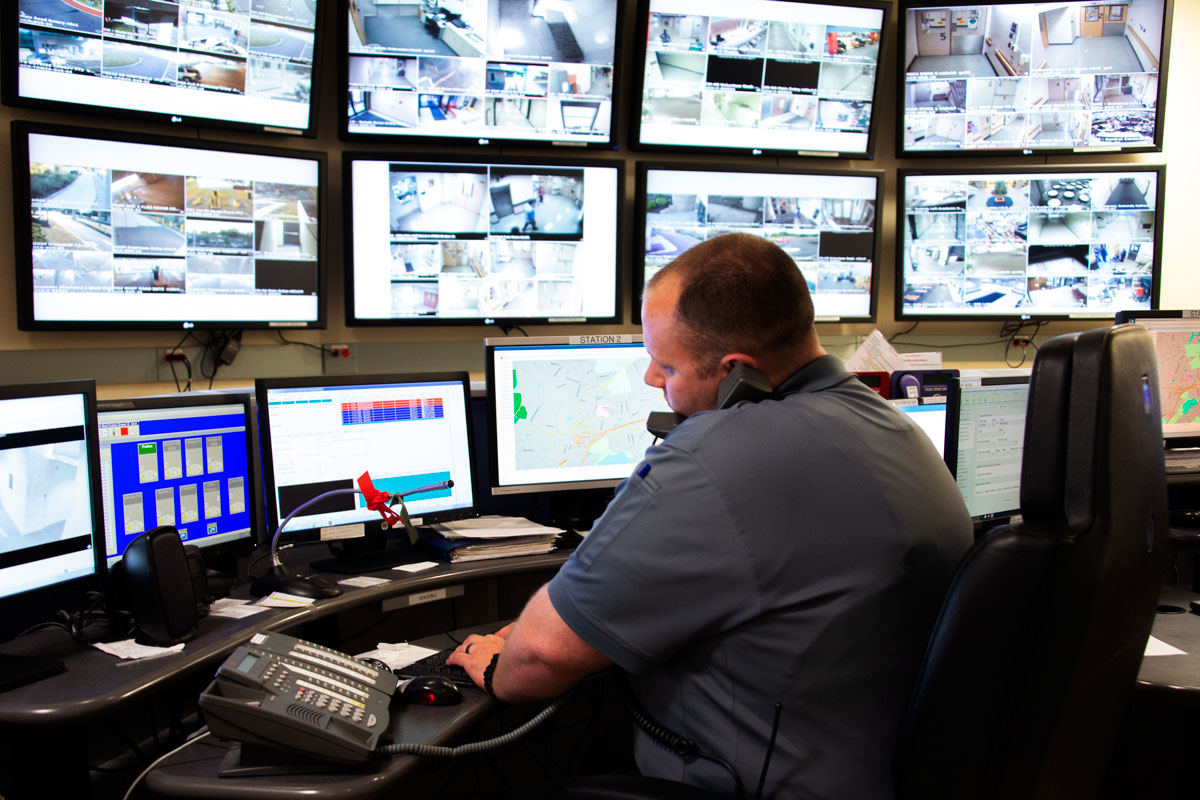
Our UConn Health dispatchers answer hundreds of calls each day – some of them routine – such as vehicle jumpstarts or door unlocks – others are a matter of life and death. One recent incident called special attention to the great work they do when Buildings and Grounds Patrol Officer Kevin Cabelus kept a distraught, suicidal former patient on the phone talking while dispatcher Stephen Ferraro figured out his identity and location. They contacted local police who rushed to the man’s home and found him clinging to life. Their fast action is credited with saving the man’s life.
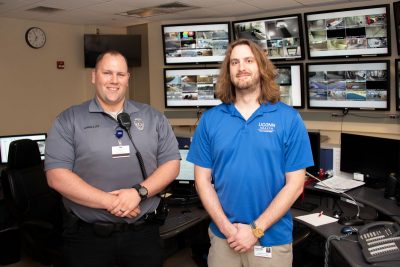
The Pulse wanted to learn more about our dispatch services here at UConn Health so we asked Stephen and Kevin to answer a few questions about the important service they provide.
How many dispatchers work at UConn Health?
UConn Health currently has five full-time dispatchers. There are 10 Buildings and Grounds Patrol Officers (BGPO) in the department who are also trained in dispatch to fill in absences on any shift as needed. There is always someone on duty – whether it is a dispatcher or a BGPO – our emergency and routine lines are always monitored by trained staff on campus.
What kind of training does it require?
The full-time dispatchers are sent to the same training course that municipalities send their dispatchers. We also take a course to be certified in COLLECT which is the Connecticut database for accessing everything from driver and license plate information, to stolen cars and wanted or missing persons nationwide. Additionally, dispatchers have specialized training opportunities in active shooter, crisis intervention, self-defense, and radiation. We are also CPR certified.
What types of calls do you receive?
Typical emergencies, such as medical/injury calls, car accidents, thefts, and personnel disputes and routine calls, such as people needing directions or escorts, vandalism, door unlocks, vehicle jumpstarts, wildlife reports, or just anything that people need to know and don’t know who else to ask. Though we strive to help everyone as soon as they call, you may be put on hold for an answer to your routine question when something of an emergency nature is on the other line. We appreciate your patience!
What is the most common call you receive?
This will vary by shift, but because I work at night we do a lot of unlocks in the building and escorts for employees after shuttle service stops. We also have a lot of calls for patients who are disruptive or combative. I send BGPO’s and police officers there to mitigate and isolate these threats and keep staff and the other patients safe and comfortable.
How is it different working here versus a town or city police dispatch?
Basically all the same things that occur in a town can and do occur here on campus at some point. The biggest technical difference is that we do not answer 911. While we have our in-house emergency line, only so many 911 centers are authorized by the state. Since we’re located in Farmington, 911 calls go there initially. If a call is pertaining to our campus, it will be transferred back to us when necessary. In terms of call handling, a big difference is that we are customer service oriented. Whether it’s a call from an employee or one of our many patients and visitors – we are here for everyone, to keep them safe and do what we can to help while they learn, teach, work, heal, grieve, or celebrate life.
Why did you want to become a dispatcher?
Stephen: Being a dispatcher is a great way to help people, which I enjoy being able to do as a career. What led me to this position was a background in volunteer firefighting, giving me experience on the other side of the radio. I had already worked at UConn Health in Nursing Transportation so when this position became available I was very eager to jump at the opportunity to do something I love at a place I’d grown to love as well.
Kevin: I chose public service because I knew at a young age this is what I wanted to do. There are a lot of police officers in my family so it felt natural to get my college degree in criminal justice. Helping people is what I enjoy and there’s no better way to do that than with this career. When you go into any type of law enforcement or public service you build a bond with co-workers that is very strong because you depend on each other every day. For example, the call that Steve and I had, we’ve worked together for a little over 3 years now so when that call came in we knew what the other person needed to make that call successful. When you work with people like Steve and you mesh well together, it makes your shift and career a lot easier.
Any calls that really stand out for you and the dept.?
Collectively all of our dispatchers do great work handling serious calls, they’ve had accidents, they’ve had casualties, they’ve had people running around with weapons or being aggressive on drugs, they’ve had fires and gas leaks… It’s our job as dispatchers to quickly bring about resolution and minimize the impact these incidents have on those involved and the rest of the important things that go on here at UConn Health. Doing so, alongside our excellent team of firefighters, paramedics, police officers and BGPO’s, has been as much of an honor as it has been working with the other dispatchers here at UConn Health.
Coast to Coast Riders Racking up Miles
The UConn medical and dental students making their way across the country by bicycle this summer continue their progress home from Washington state, with some now having reached the Eastern time zone.
Zach Giaconne, Josh Goodman and Brian Leland, all going into their second year in the UConn School of Dental Medicine, make up the first of three teams on the 2018 Coast to Coast tour. They were the first to fly to Seattle June 4 and are leading the way home, having just reached western New York.
Five other students also are pedaling their way back to Connecticut. Proceeds this year benefit the statewide nonprofit Mental Health Connecticut.
Second-year medical students Pat Lau and John Sullivan make up Team 2; they left Connecticut June 9 and just reached Niagra Falls. Team 3 left June 12 and includes Christine Donat, Taylor Larese, and Curtis Xu, also medical students. At last check, they had reached Minneapolis.
The students are aiming for a mid-August return to Connecticut. So far they have raised more than $13,000 toward their goal of $20,000.
Team 1 is posting updates on Instagram, while Team 3 is maintaining the Coast to Coast 2018 blog.
Those interested in supporting this year’s ride can make an online pledge at http://mhconn.org/UCONN.
In Memorium: Professor of Medicine Nancy Petry
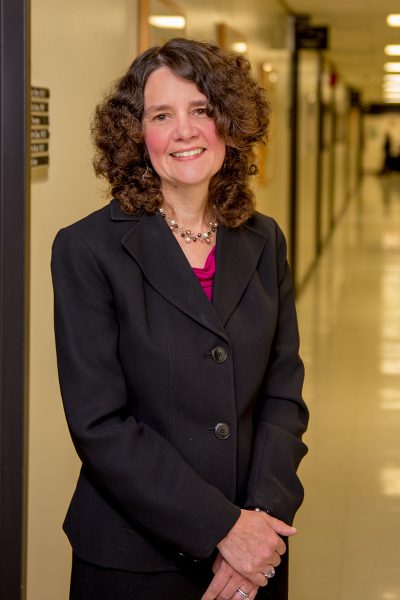
It is with profound sadness that I inform you that my dear wife, Nancy M. Petry, Ph.D., Professor of Medicine in the Calhoun Cardiology Center and Editor-in-Chief of Psychology of Addictive Behaviors, died on Tuesday, July 17, 2018 from breast cancer. She was 49 years old.
Nancy joined the faculty of the University of Connecticut School of Medicine in 1996 after receiving her Ph.D. from Harvard University and completing a postdoctoral fellowship at the University of Vermont School of Medicine in clinical addiction research. She became an academic superstar at UConn School of Medicine as she developed unique methodologies to treat addictive disorders with a treatment known as contingency management. She received 2 accelerated promotions and after only 6 years on our faculty was the youngest full professor with tenure in the history of the School at age 34. Nancy was internationally known for her work in behavioral treatments and impulsivity disorders. During her career at UConn she garnered over $40 million in funding as a principal investigator from the National Institutes of Health, wrote and published over 300 original articles and single-handedly wrote a number of books in the areas of pathological gambling, contingency management and internet gaming disorders. Nancy was very proud that her proven methods to treat addiction disorders from her NIH trials were successfully disseminated to the Veteran’s Administration Medical Centers across the USA and over a multi-year period showed large successes of contingency management in real world practice. She always told me that it was one of the largest translational demonstration projects in the field of experimental psychology.
Despite her enormous successes during her career, Nancy was very modest and willing to mentor and help others in their careers. She trained a large number of post-doctoral fellows during her 22 years on the faculty, many of whom became successful faculty members at academic institutions around the country.
On a very personal note, Nancy was a loving wife, my best friend, and a wonderful mother to our two young children Hannah and Noah. They will truly miss growing up without her. When Hannah developed type 1 diabetes at the age of 1, Nancy became a ‘clinical expert’ in her management while maintaining a busy academic career. Hence, in lieu of any material items of any kind to our family in these trying times, please send donations in Nancy’s honor to the Juvenile Diabetes Research Foundation (JDRF) of Connecticut and Western Massachusetts, 20 Batterson Park Road, #302, Farmington, Connecticut 06032.
William B. White, M.D.
Professor of Medicine
Healthcare Doesn’t Take a Holiday
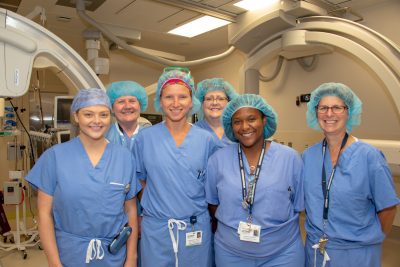
When the 26-year old man arrived at our emergency department he was suffering from an excruciating headache. A brain scan found the bad news, a lesion the size of a golf ball. It was causing serious damage and needed to be removed ASAP. But the next day was July 4th – a time for parades, picnics, and fireworks.
“We have limited staffing on the holiday but we all got together and said we’re going to do it, we’re going to get it done,” says Ellen Benson, OR nurse manager. “It doesn’t matter what day of the week it is. Health problems don’t take a holiday.”
The surgery was a complex, requiring special high-tech equipment and extra hands to support changing the position of the patient during the procedure. Along with the primary surgical team, the OR also had a back-up team ready in case another emergency procedure came in that day.
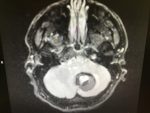
The procedure lasted from 8 a.m. to 3:30 p.m. and went off without a hitch. The patient had a great outcome and is recovering well.
“We continue to demonstrate that the OR team can step up to the plate and deliver the best care possible, no matter what time of day or night it is,” says Benson.
Along with Benson, the team included Agnieszka Korycki, ST; Cathy Spisak, RN; Marissa Knight, RN; Dale Keckley, PA-C; Marc Paradis, MD; Marek Pilecki, APRN; Misha Frenkle; and Ketan Bulsara, MD.
Staff who worked the day before the procedure also played a vital role. “They made sure we had everything that we needed so when we came in all we had to do was execute,” explains Benson. “Lauren Walker, Renee White and Georgia Priestly set us up for success.”
More Addresses Than 263 Farmington Ave.
UConn Health’s main campus has 12 buildings on 164 acres, yet it’s all considered a single address. In the age of GPS, that can make it tricky to find a specific location within 263 Farmington Ave.
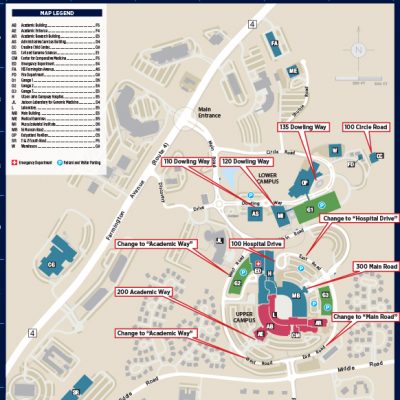
What if we could instead have unique addresses for several of our buildings?
As we prepare our application to the town of Farmington on this matter, we’d like to share a draft plan with you and hear your thoughts and suggestions.
We’re thinking of the following changes:
- Renaming the road leading to the University Tower “Hospital Drive”
- Changing the rest of East Road to be an extension of Main Road
- Renaming West Road “Academic Way”
These suggestions are illustrated here, with new hypothetical addresses for the University Tower, Building C, and the Academic Rotunda.
The Administrative Services Building, UConn Musculoskeletal Institute, and Outpatient Pavilion would have Dowling Way addresses, and the Creative Child Center would have a Circle Road address.
What do you think?
Please leave your comments below, or fill out our comment form.
Shout It Out
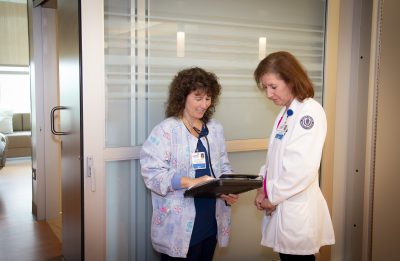
Sometimes you just want to send a quick shout-out to a colleague who has done something nice or been especially helpful. That happened recently to Rachel Crosby, infection prevention specialist. A patient on the 5th floor was not following best practices when
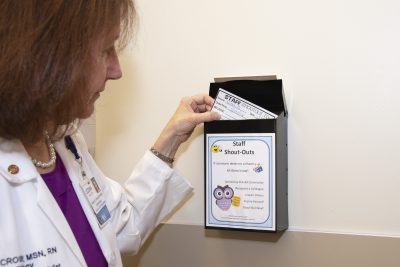
taking care of his catheter at home. His resistance was putting him at greater risk of infection. Rachel talked with his nurse, Gina Barlow, to see what she could do.
“Gina did a great job talking with him,” said Rachel. “She was persistent in explaining what he needed to do and he finally agreed. I thought she deserved special recognition for most likely helping to prevent an infection.”
Rachel gave Gina a “Shout-Out” – by simply filling out a card and dropping it in the nearest “Staff Shout-Out” mailbox.
The Exemplary Practice/Clinical Excellence Shared Governance Committee came up with the idea which is working to improve engagement and workplace satisfaction.
“We know there are other awards, such as WOW and PAWS awards for when someone goes above and beyond, but the little things that we do for one another each day should also be recognized,” says Michelle DeLayo, Interim Director of Quality. “For instance, coming up to a unit for a transferring patient (instead of waiting for that patient to come to you) because that unit is super busy, or just providing a shoulder for another who is having a tough day.”
The shout-outs are tallied every month and the person on each unit with the most shout-outs will receive a gift card presented at the monthly staff meeting. Shout-outs provided from another unit are worth double. The mailboxes are located on the interior walls of the patient elevator alcoves in the University and Connecticut Towers on all floors that have inpatient units. There are also mailboxes for the OB/Labor and Delivery, GI, OR/PACU, Cardio-pulmonary (2nd floor Connecticut Tower) and Radiology areas.
Successful Spring Fundraising Events
There was also a large turnout from the Husky Heroes team at Relay For Life Farmington Valley this past weekend. The team raised $3,965 and Dr. Upendre Hegde, our chief medical oncologist, spoke about the importance of prevention and detection during opening ceremonies.
Both events were sponsored by our Carole and Ray Neag Comprehensive Cancer Center and a big thank you to all of those who donated and volunteered their time to make them a great success. View the photo gallery.
Commencement 2018
Congratulations to the 85 new physicians, 43 new dentists, and 69 graduates from UConn Health’s programs within the UConn Graduate School making up our Classes of 2018! Photos by John Atashian.
